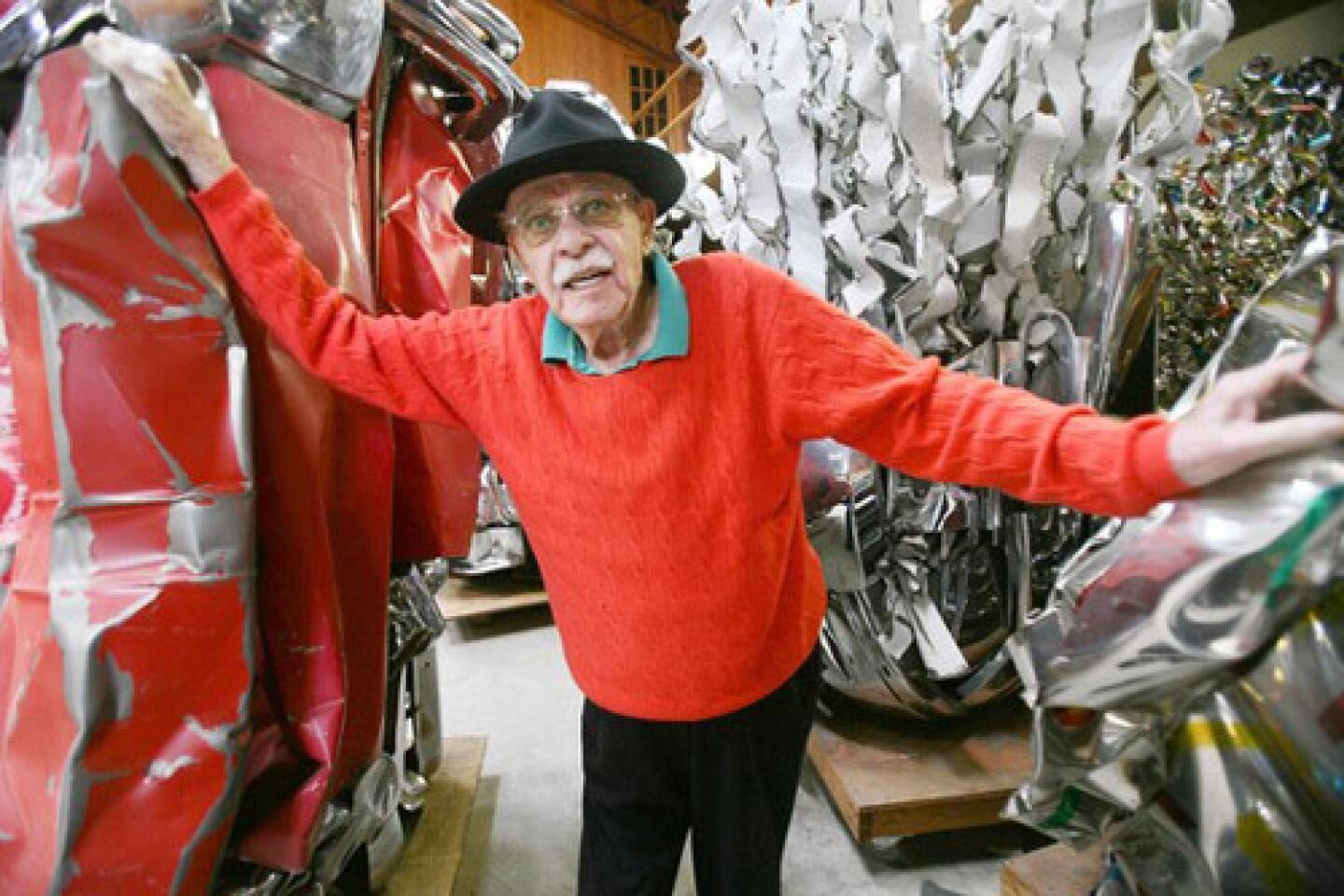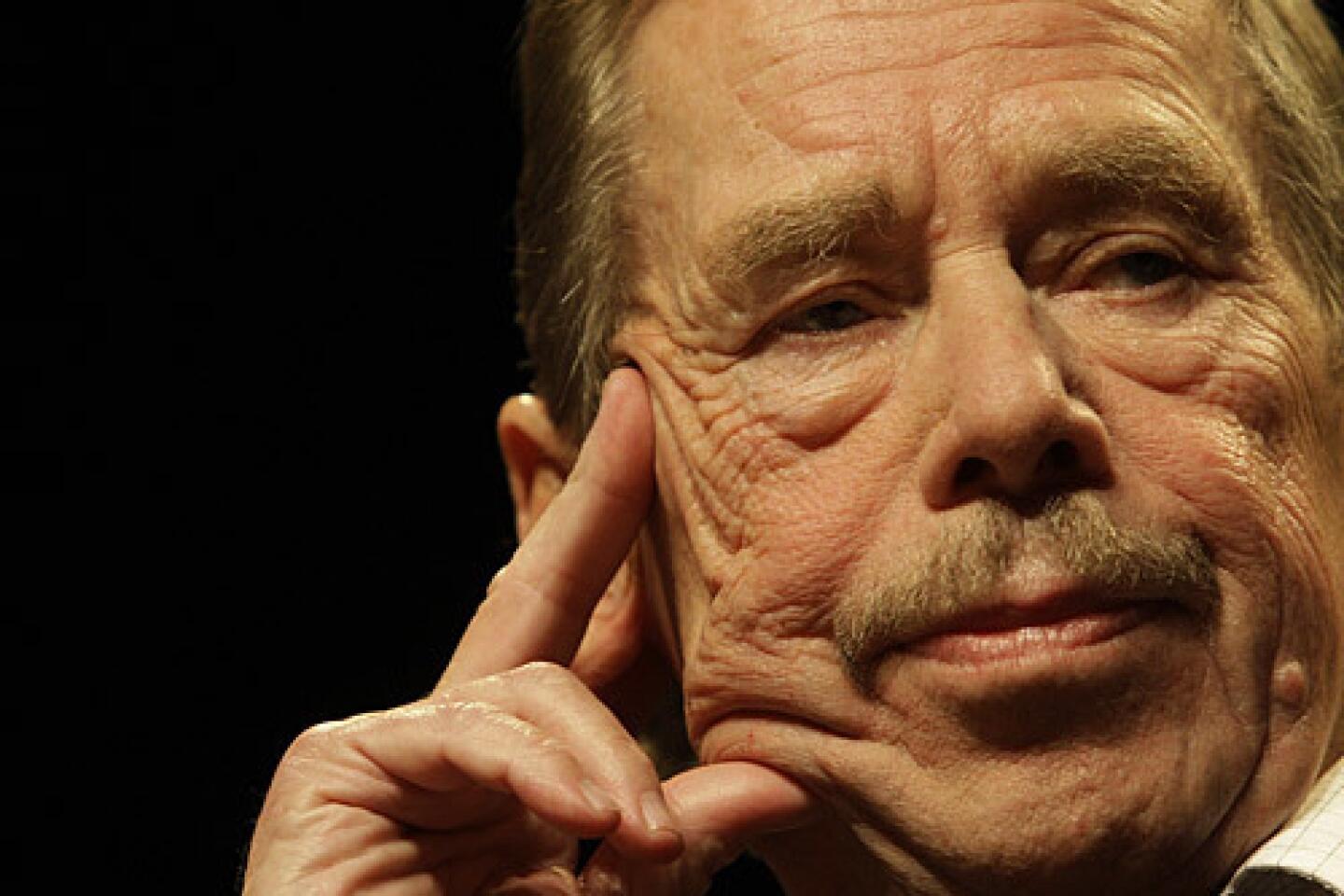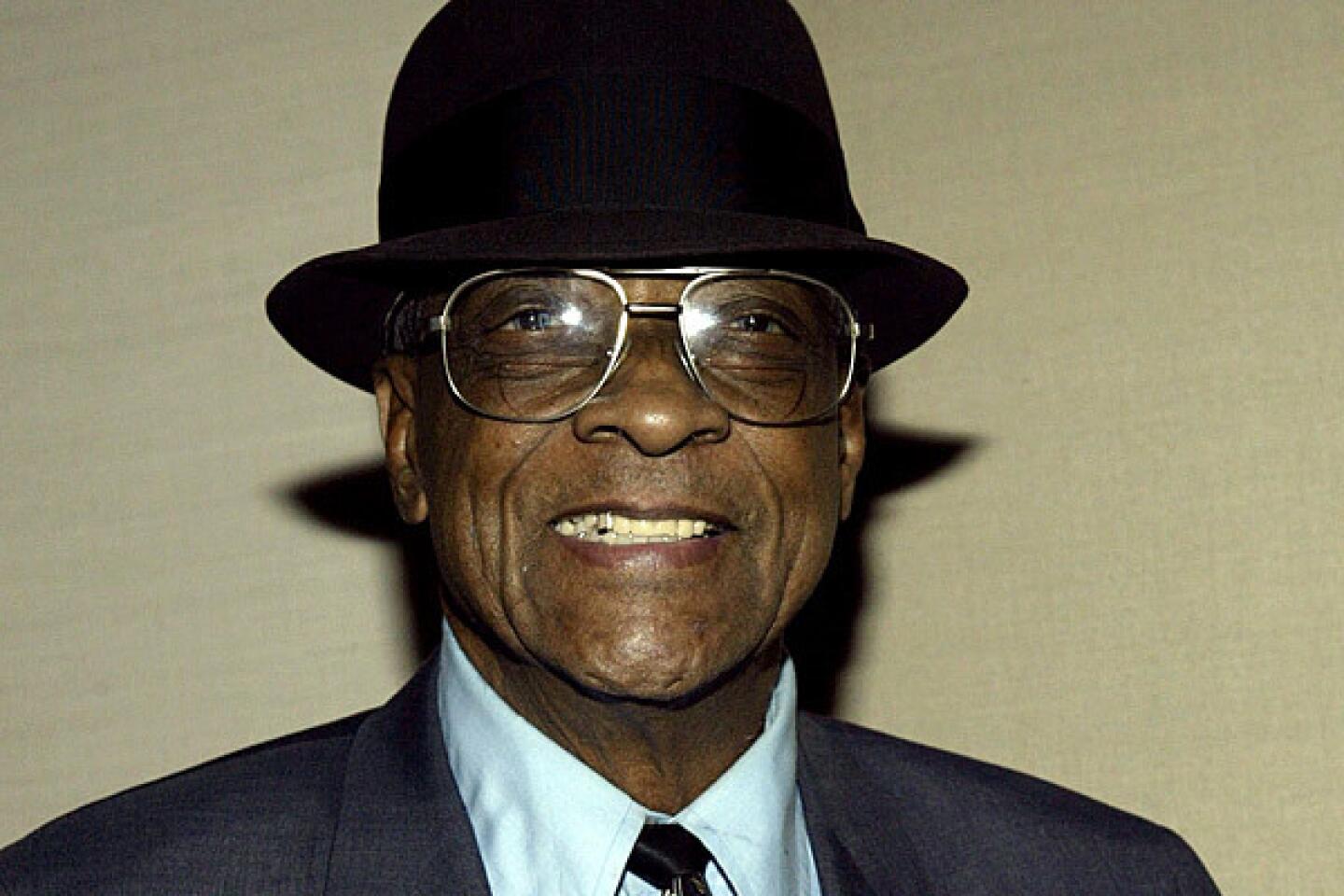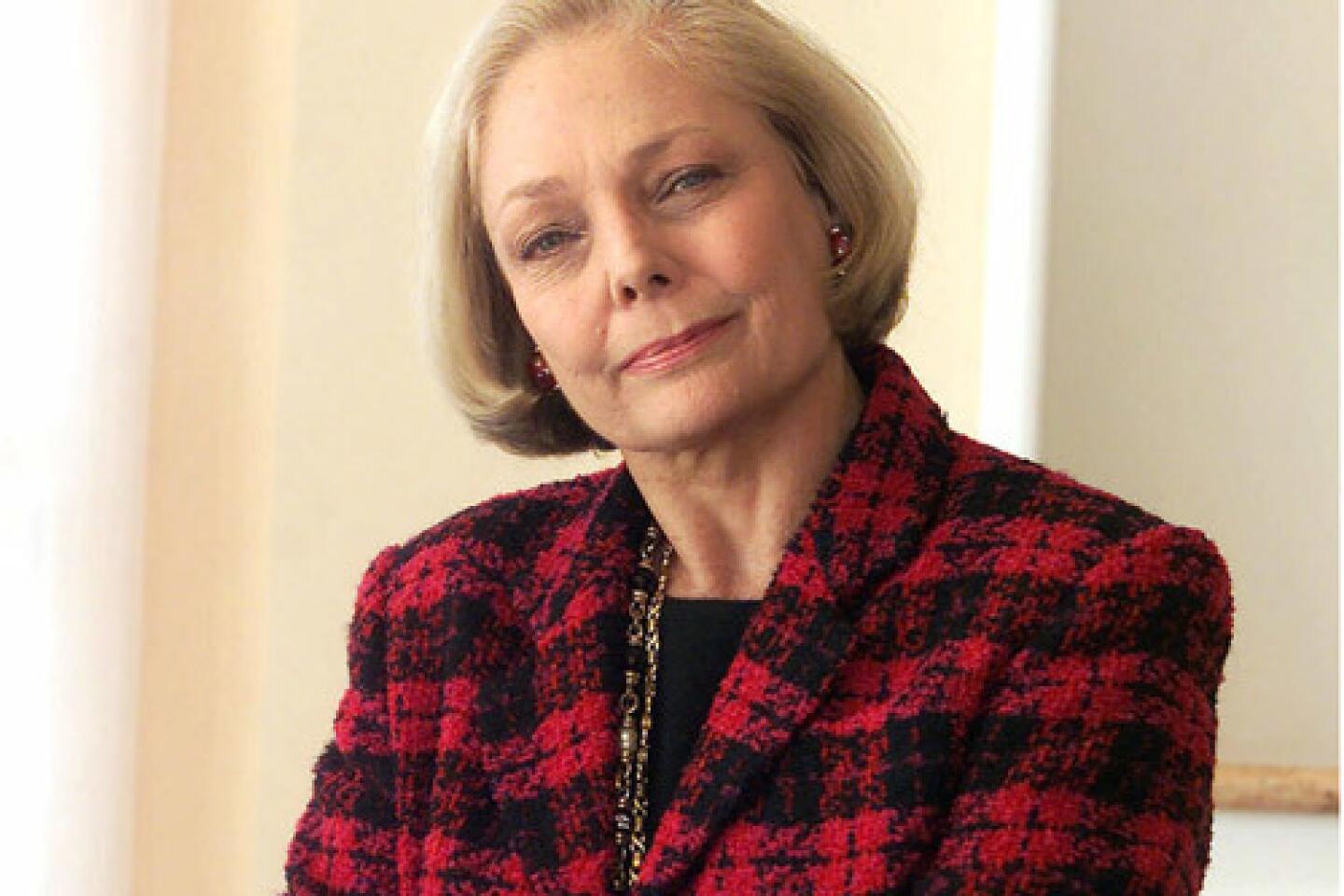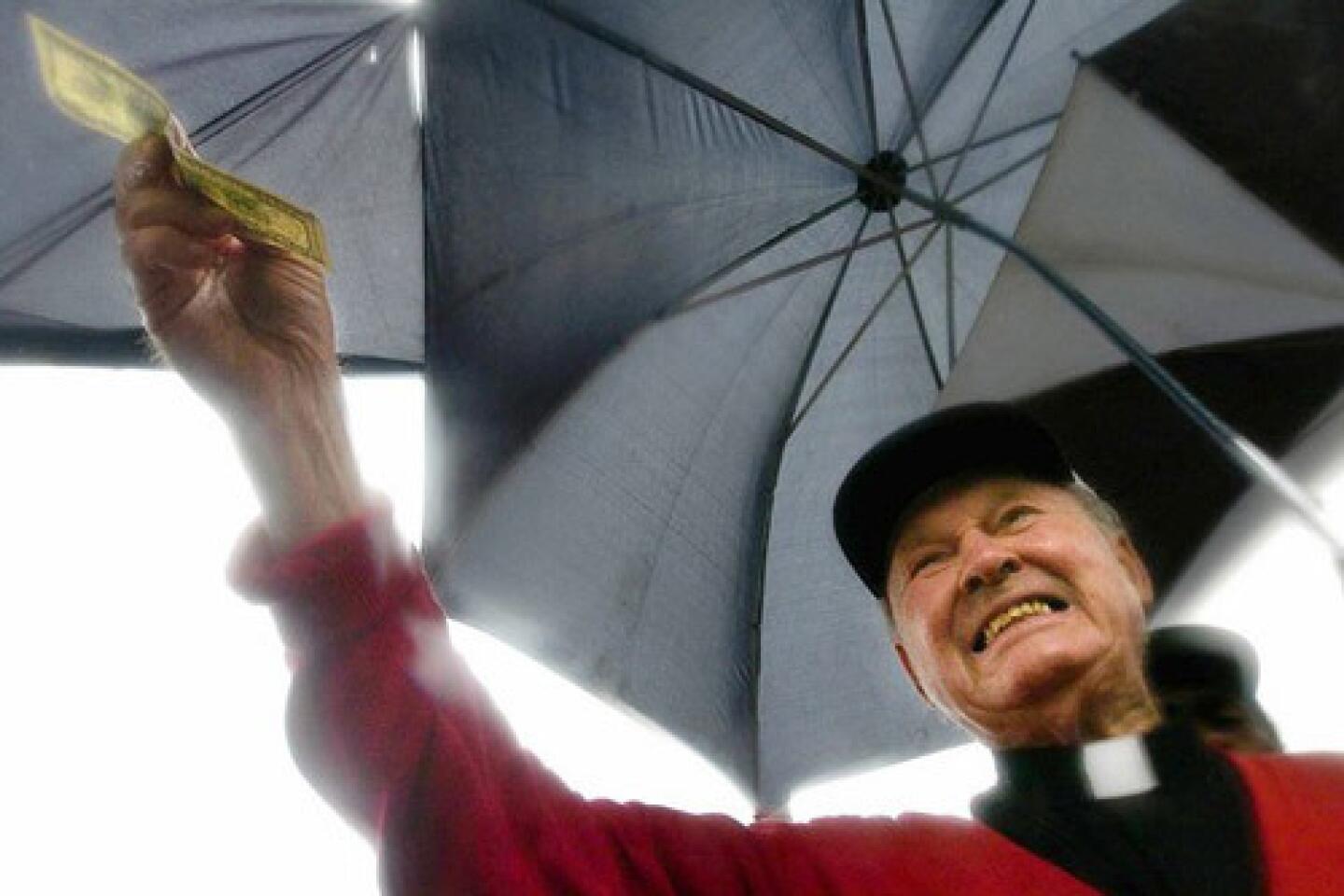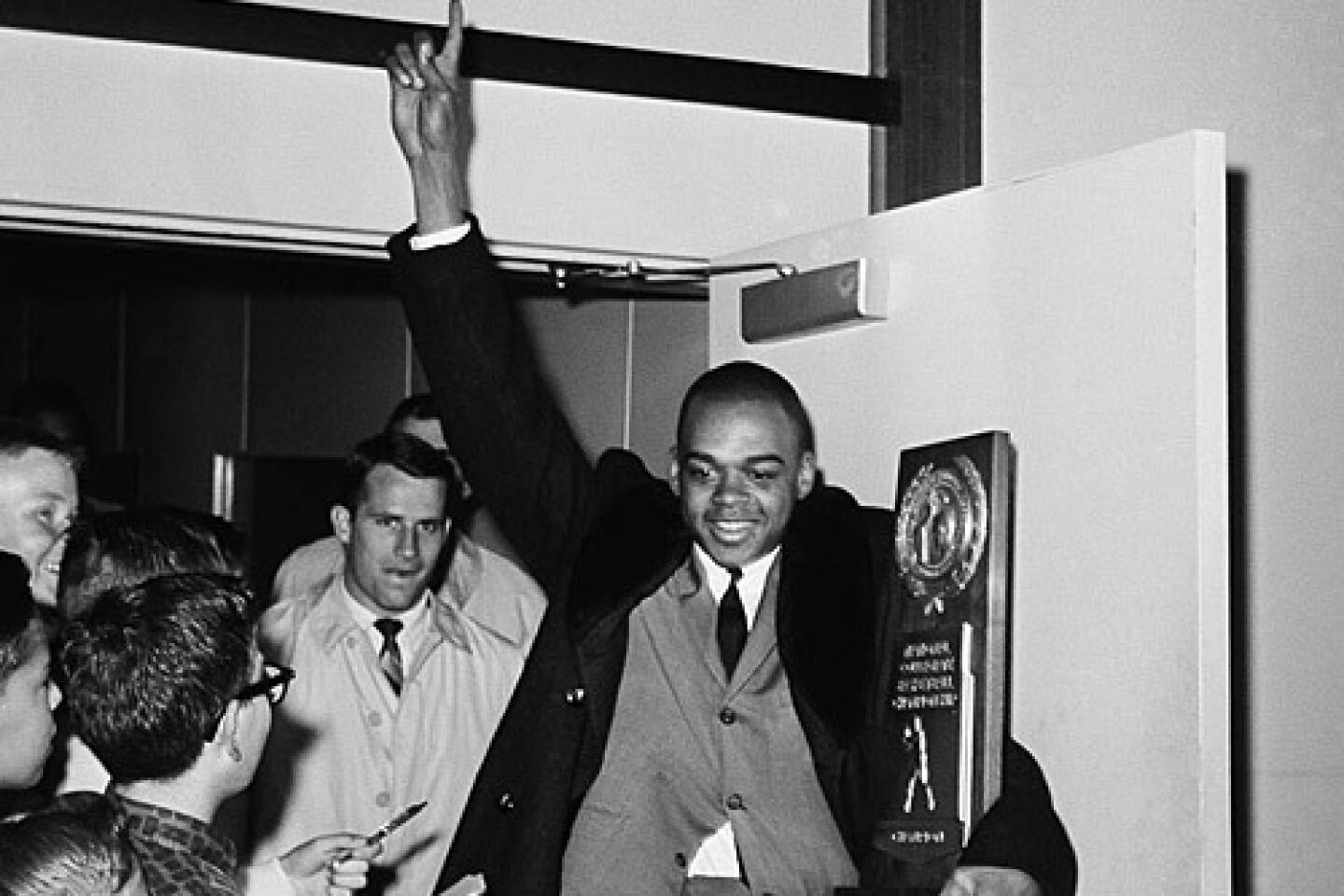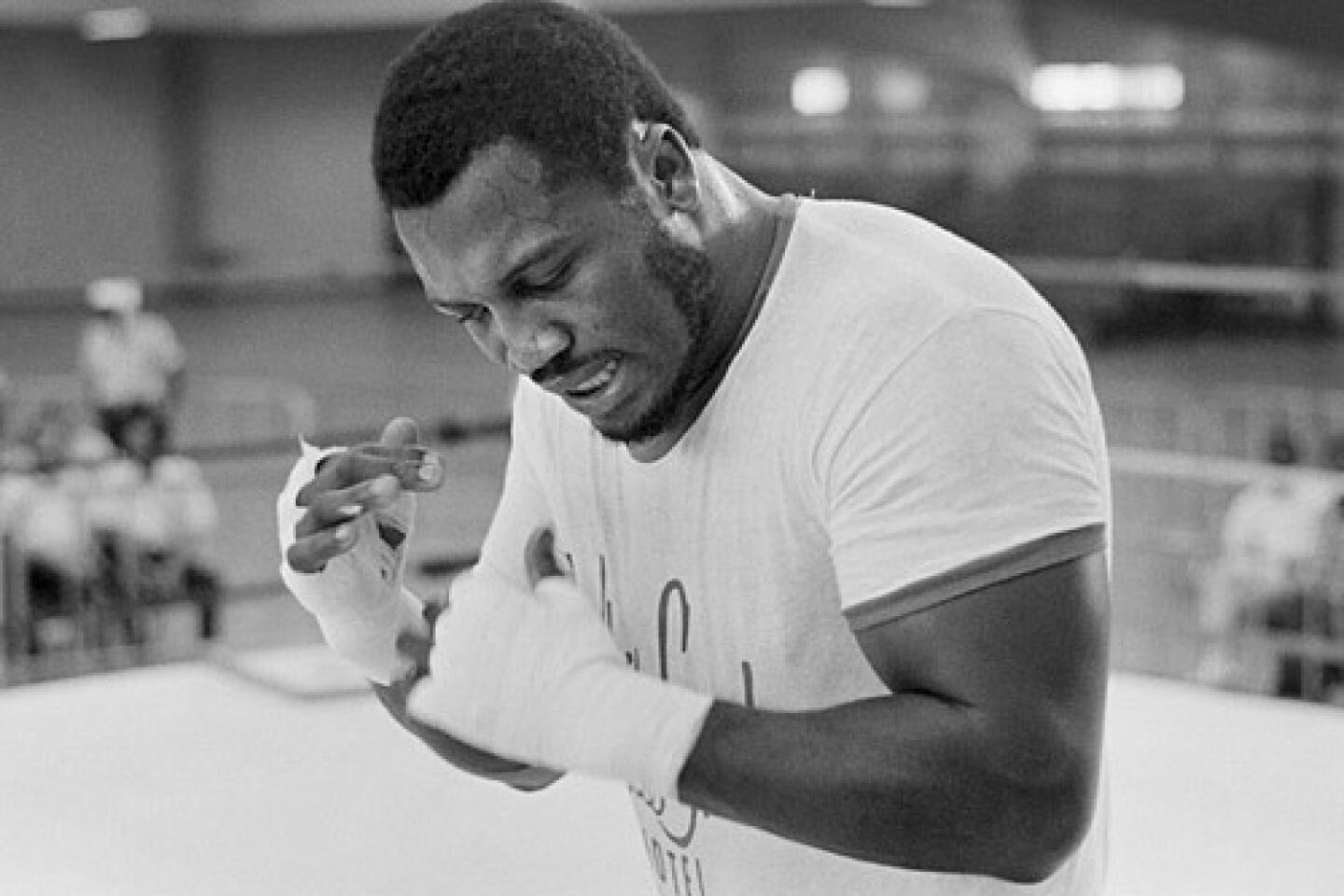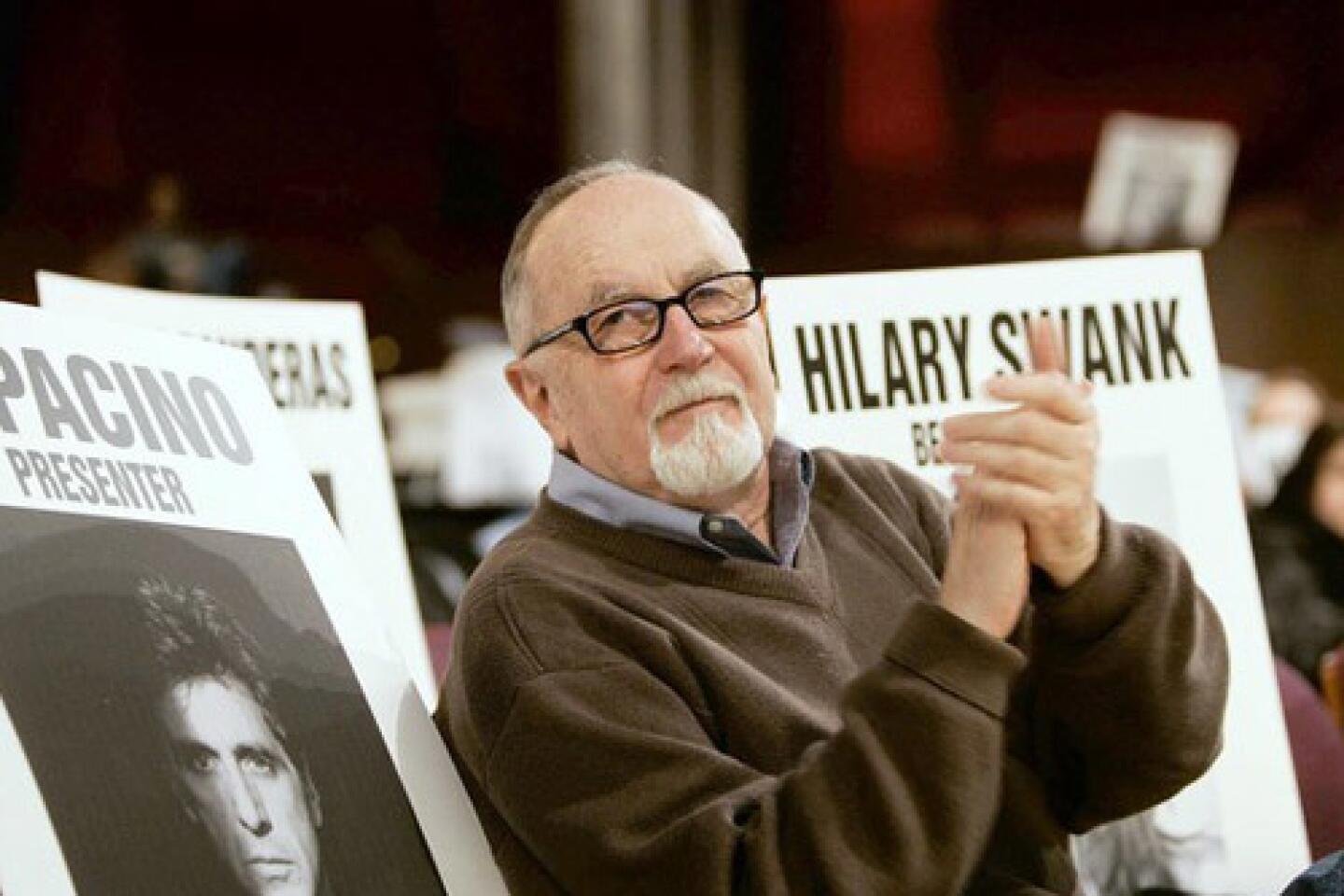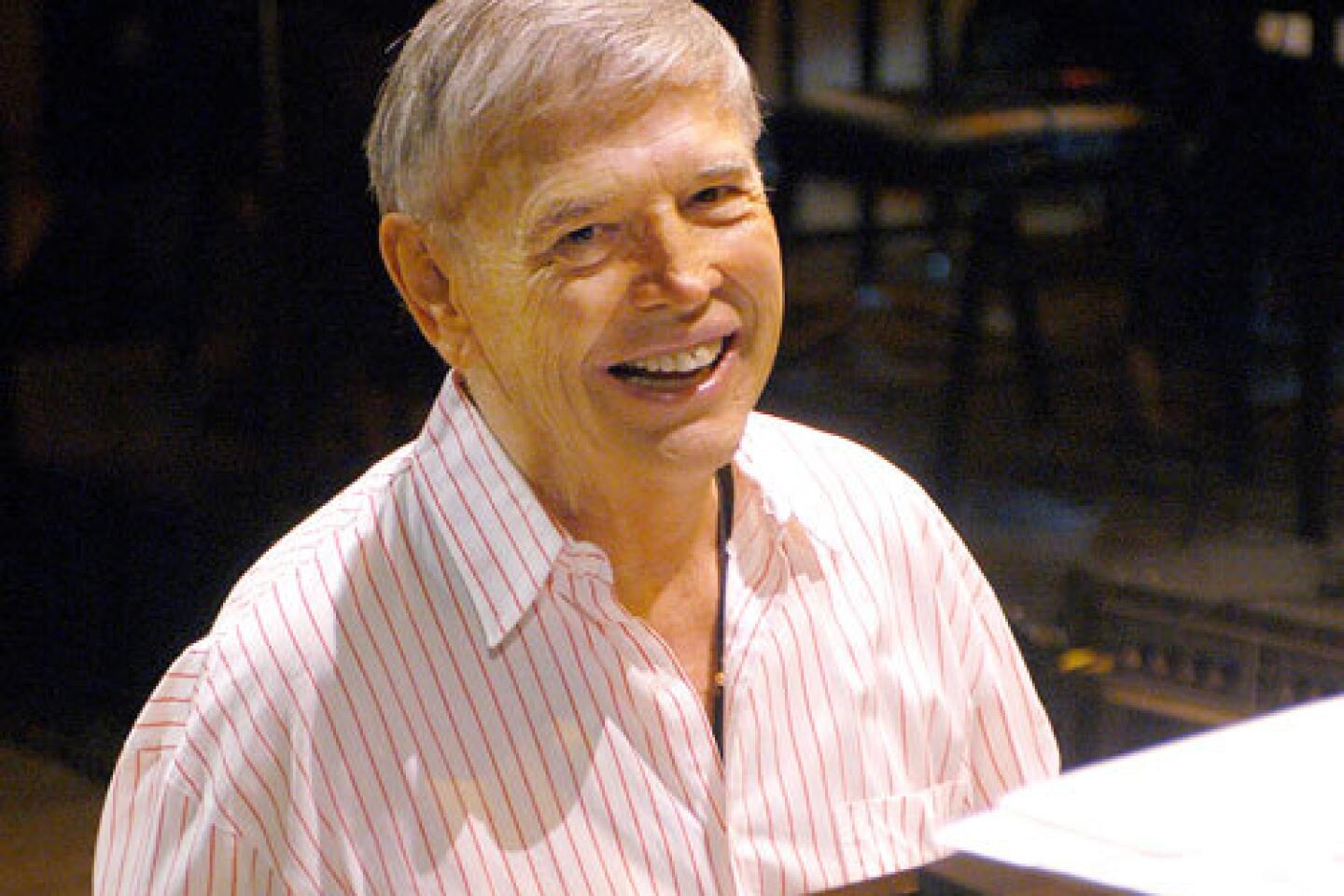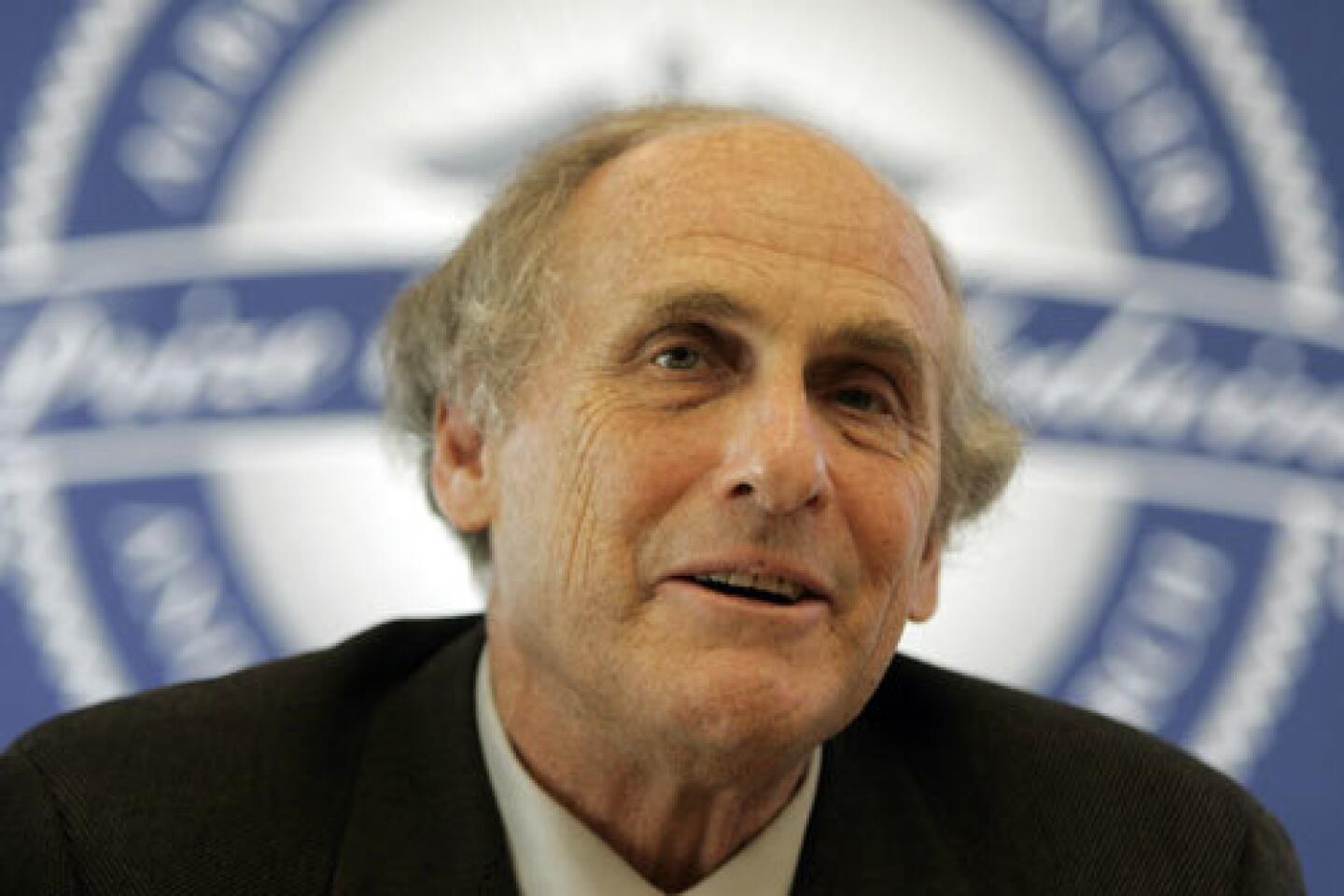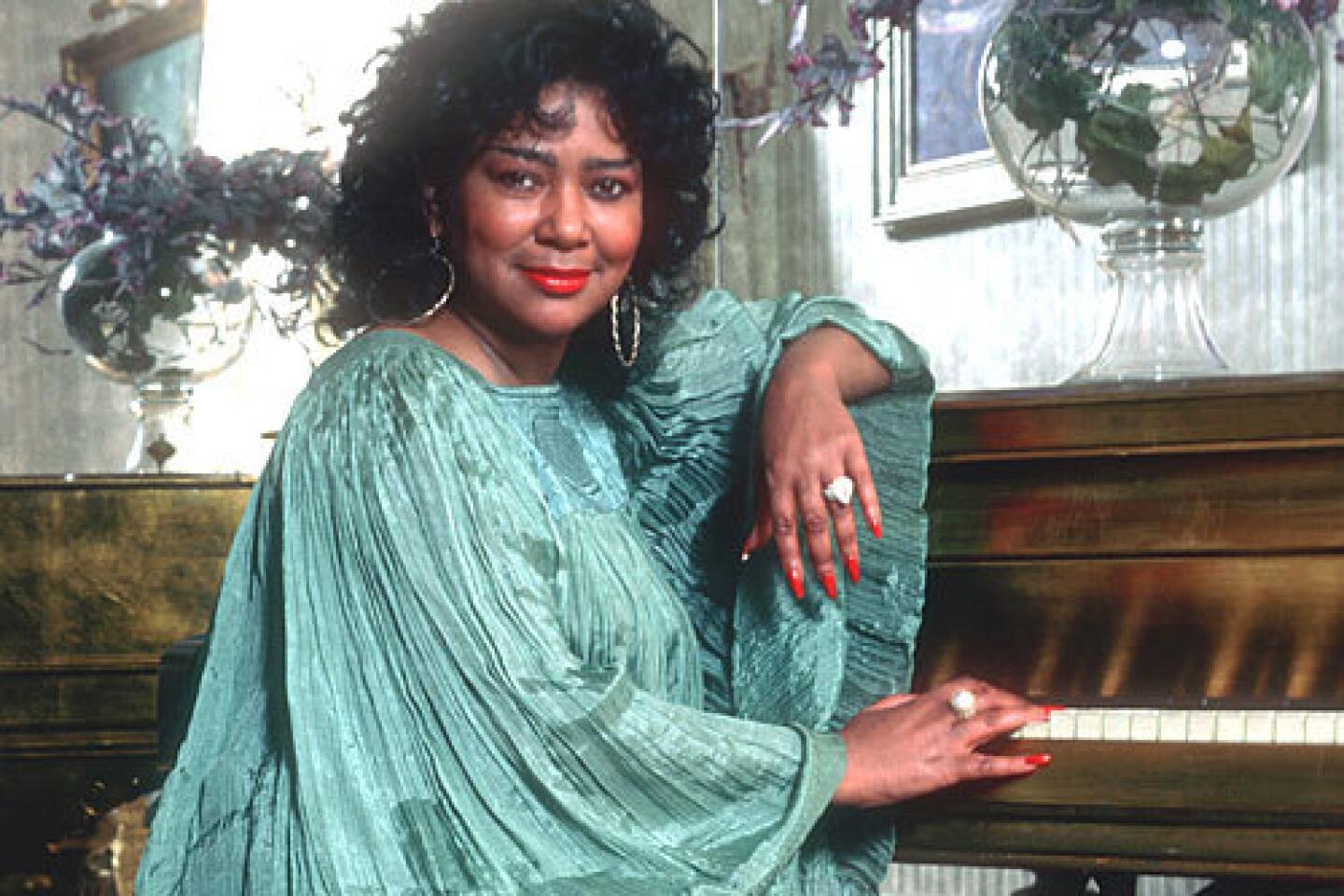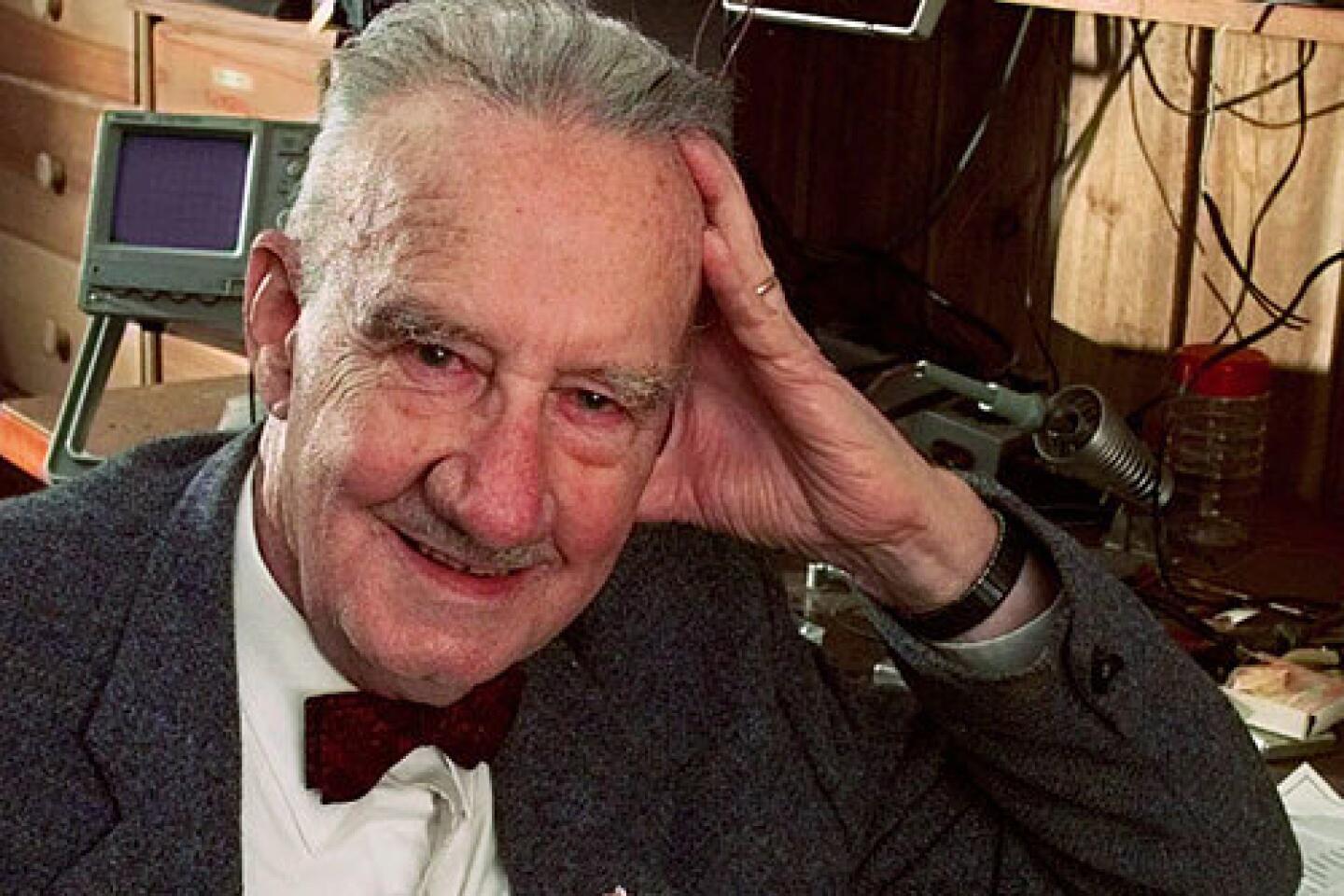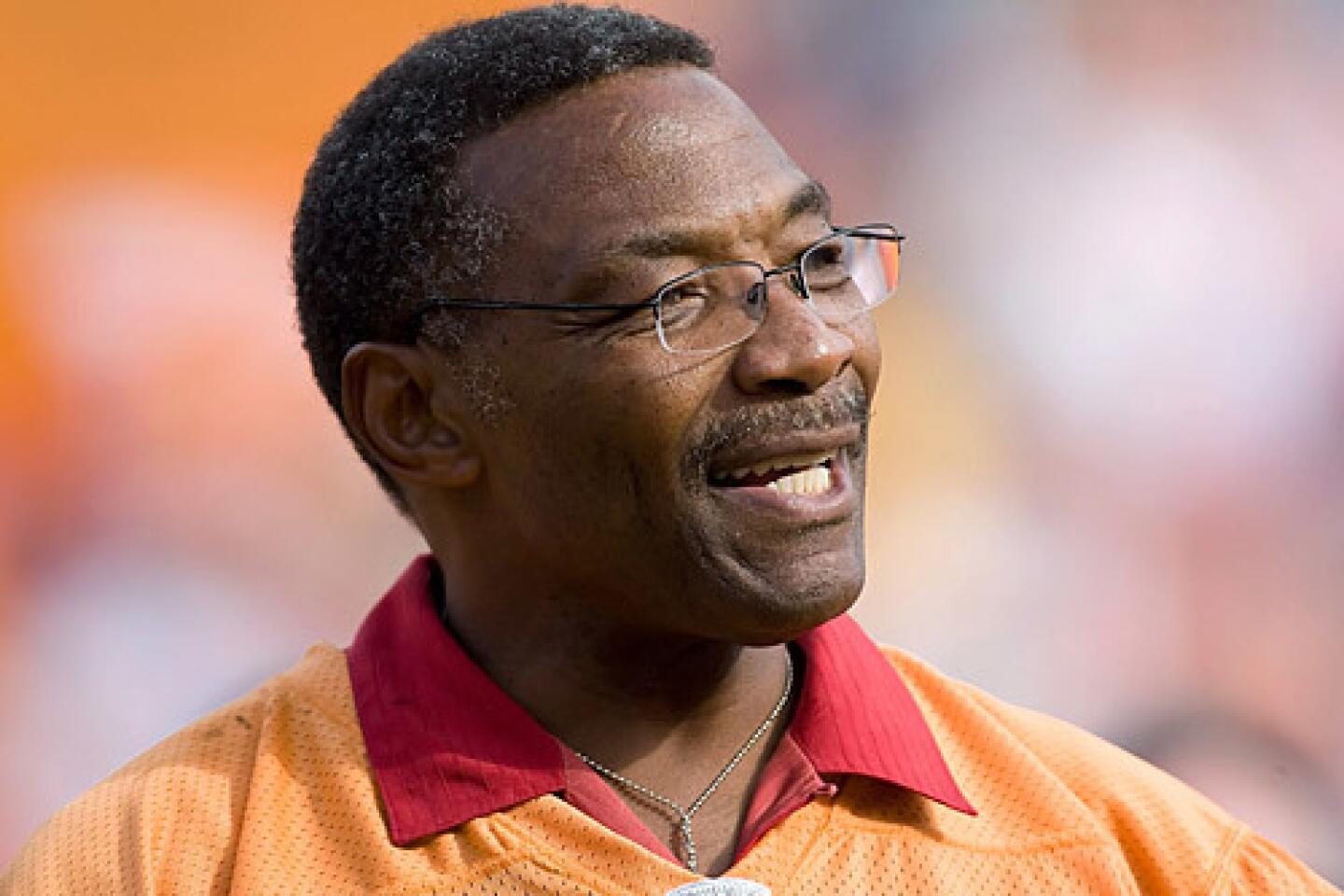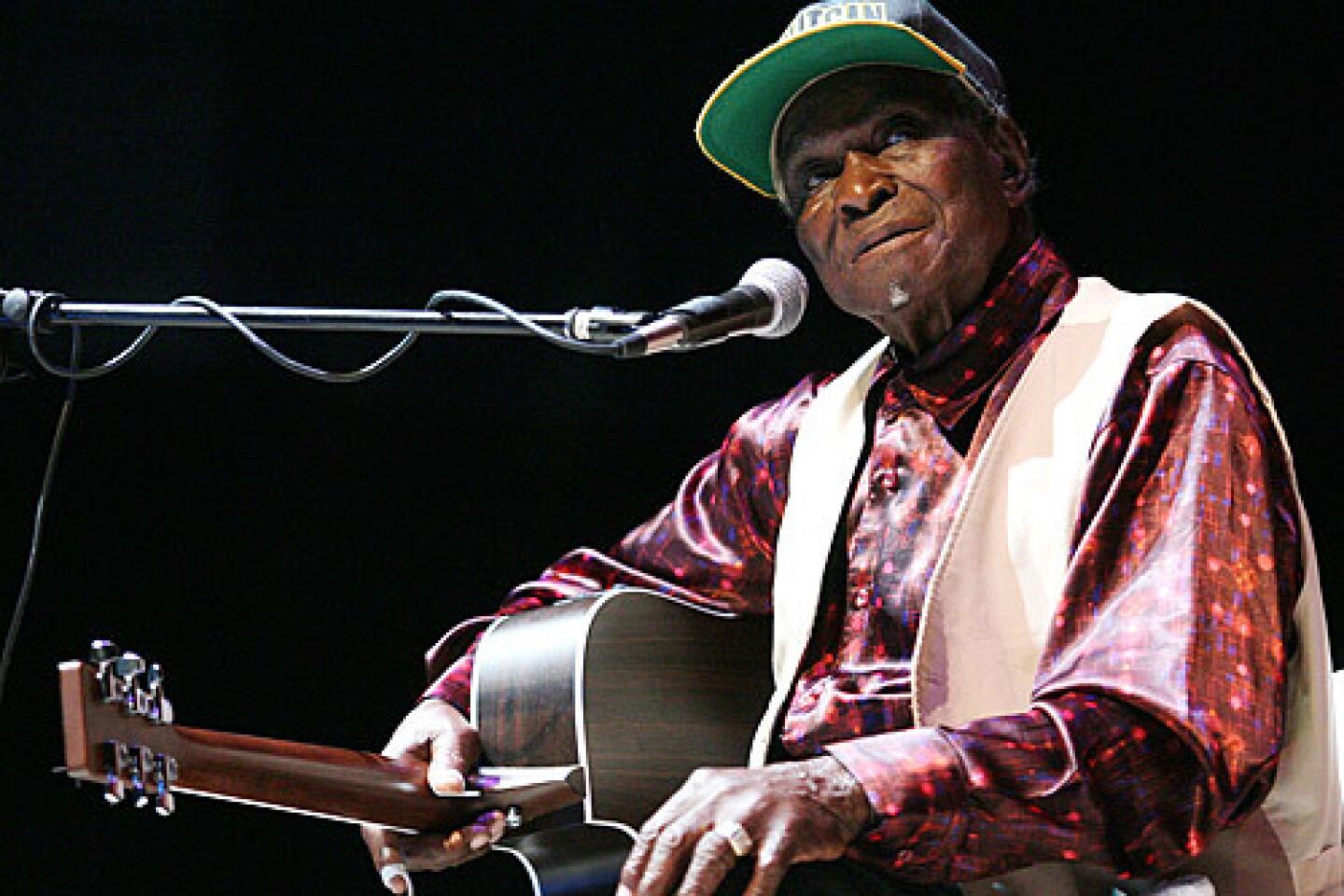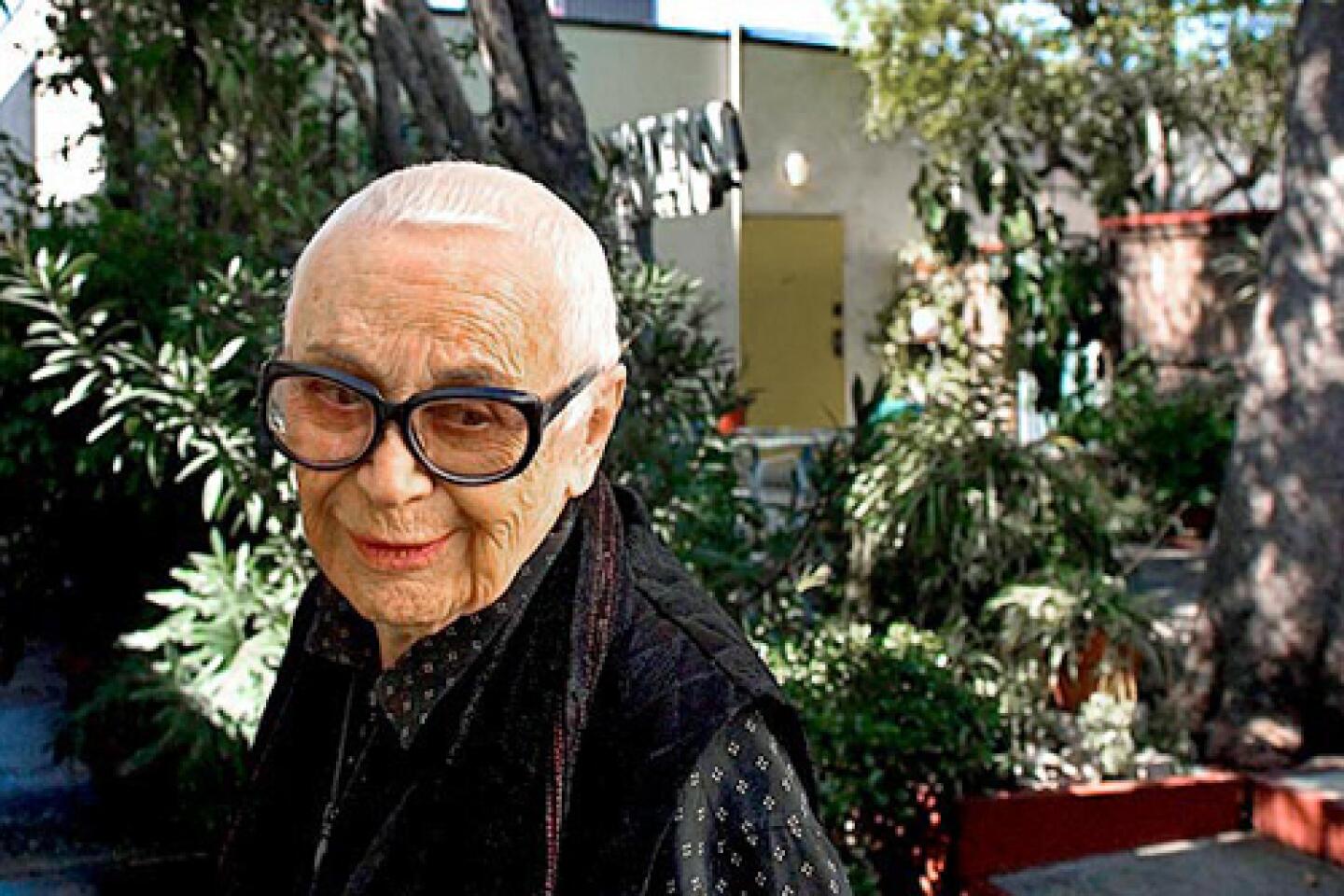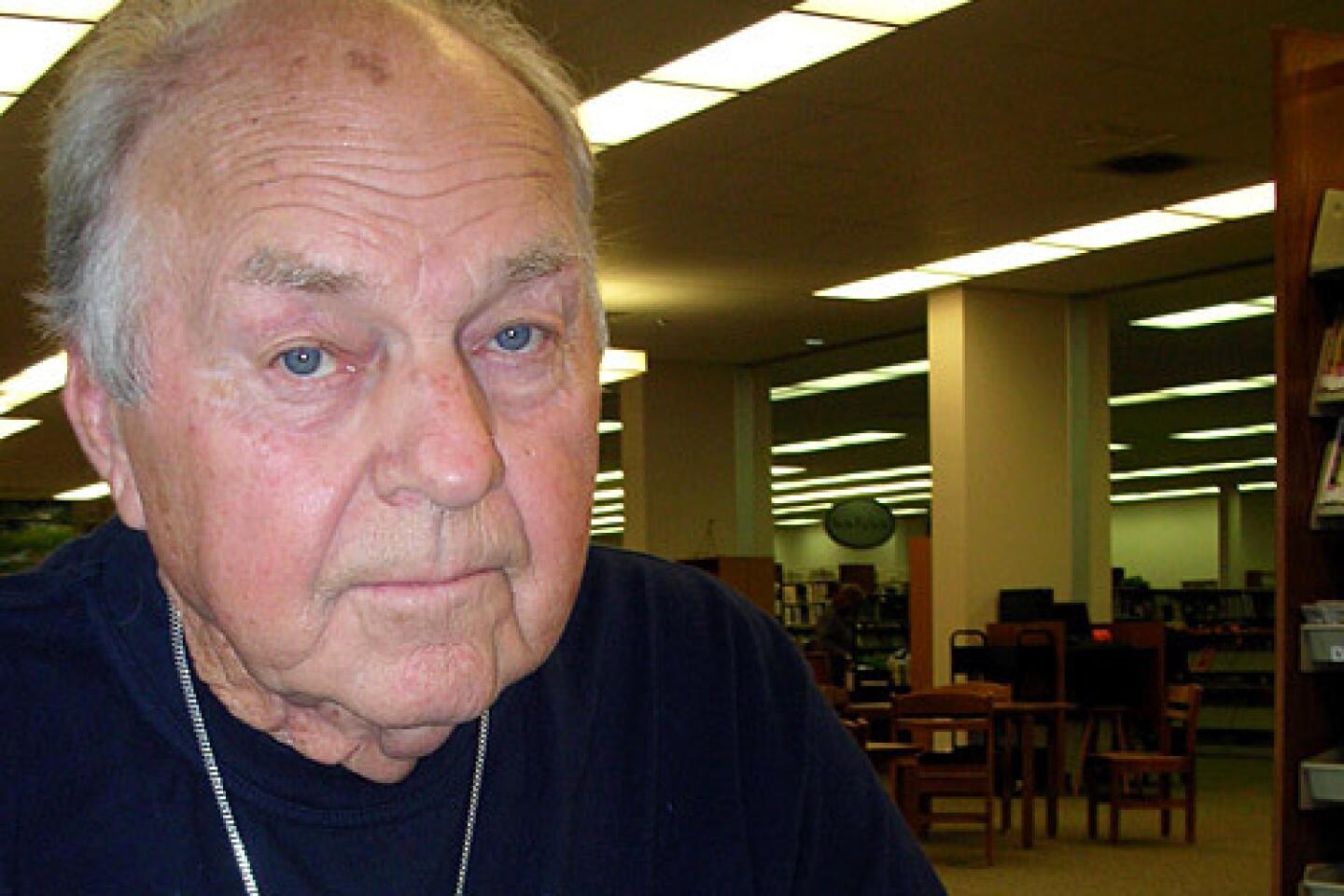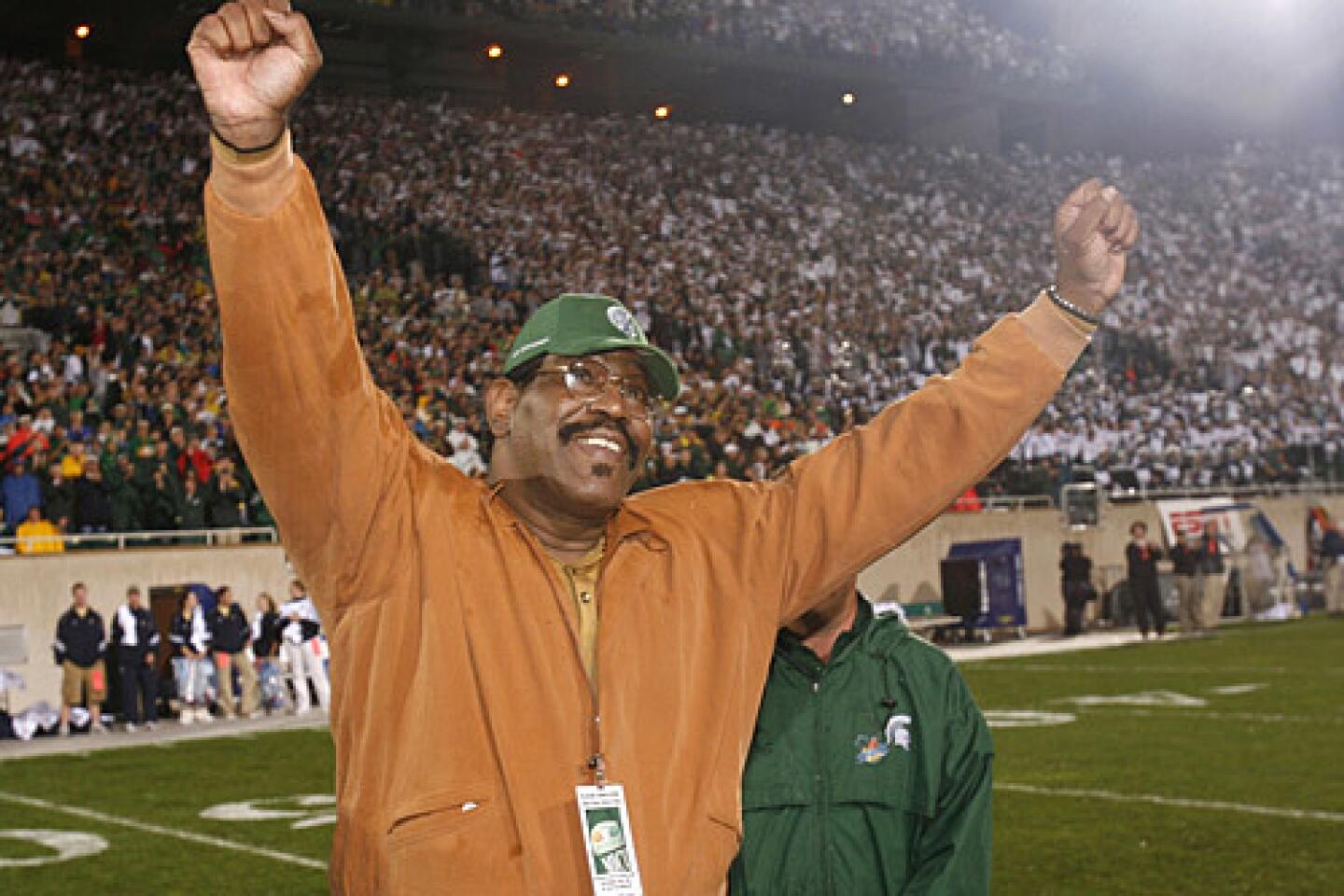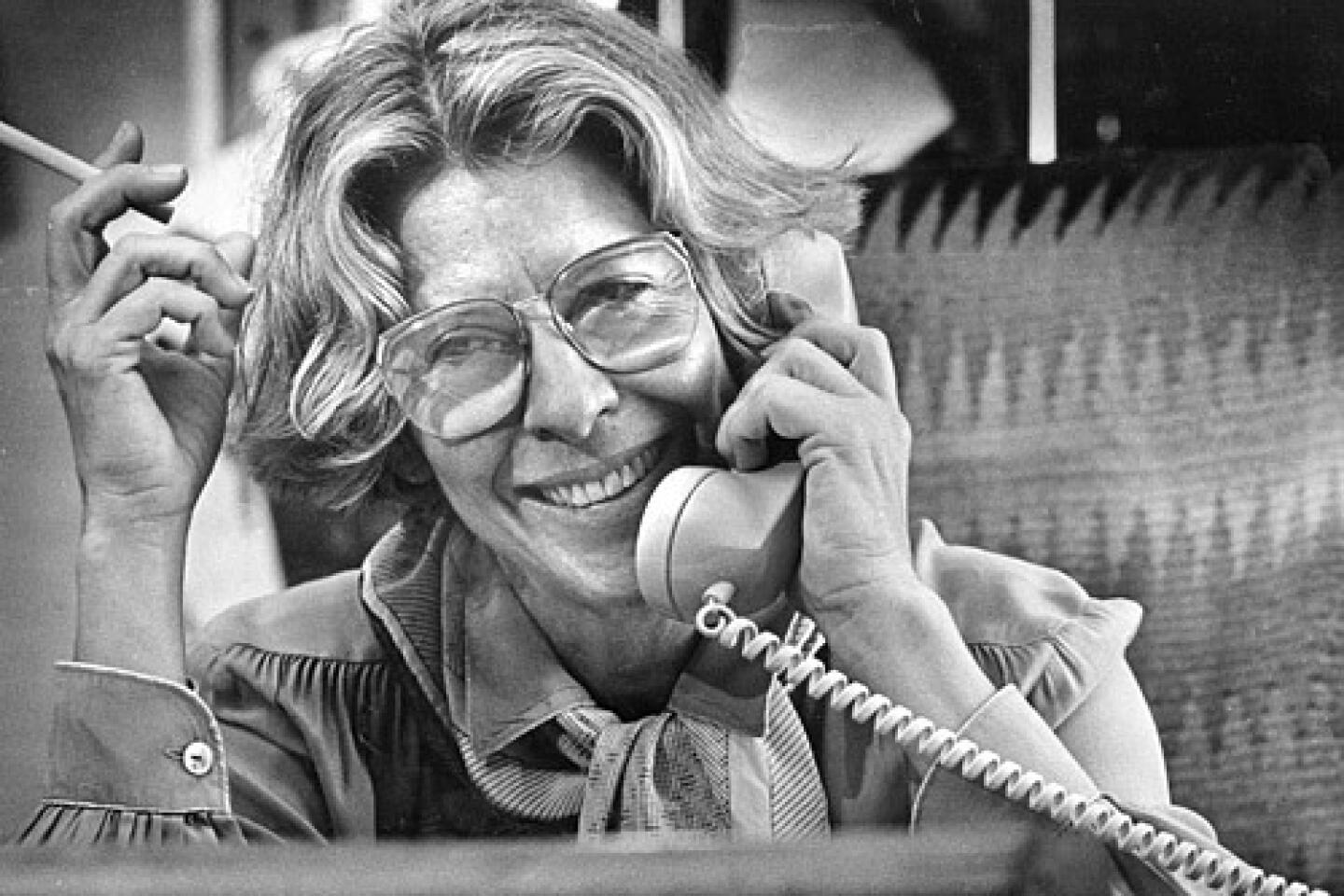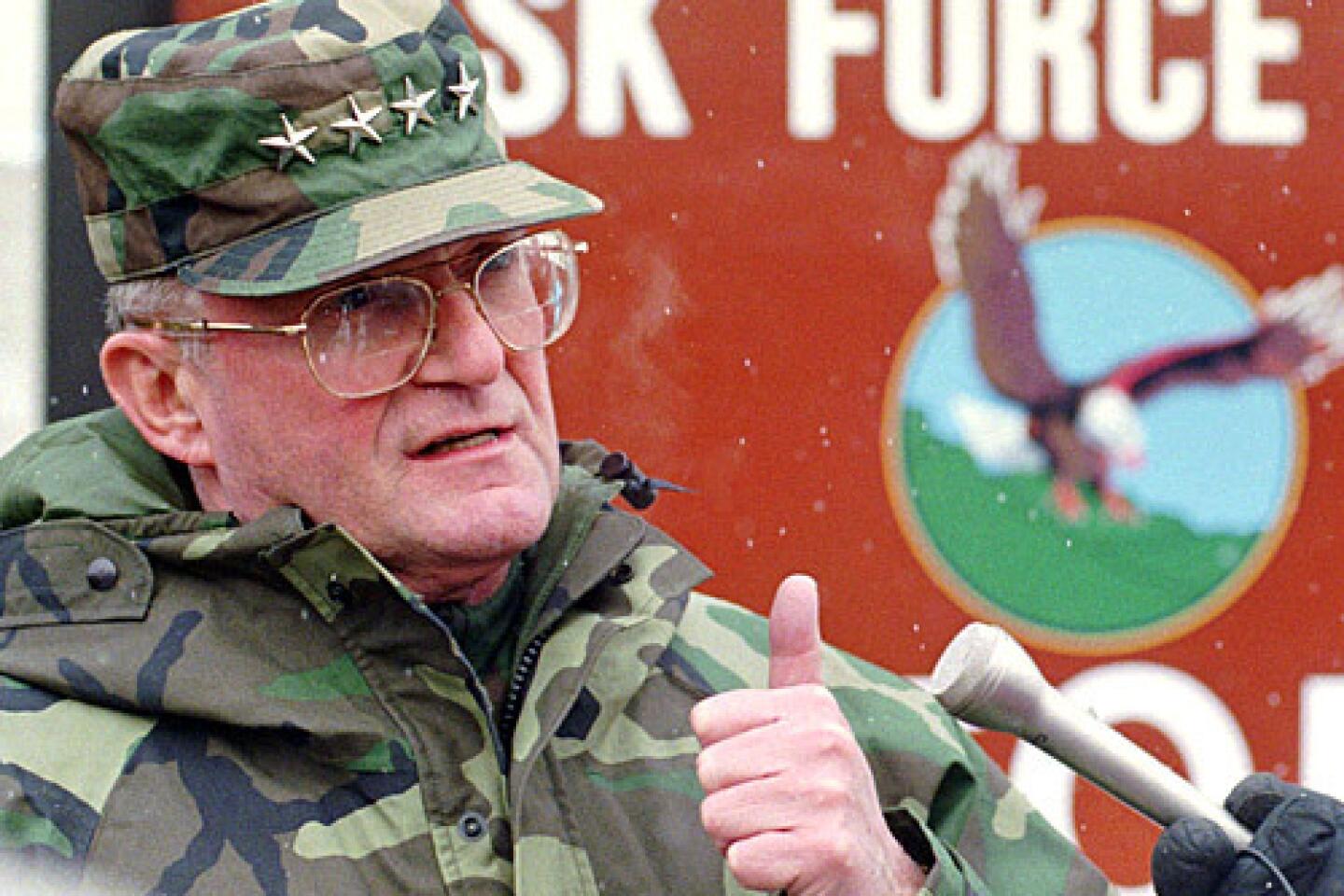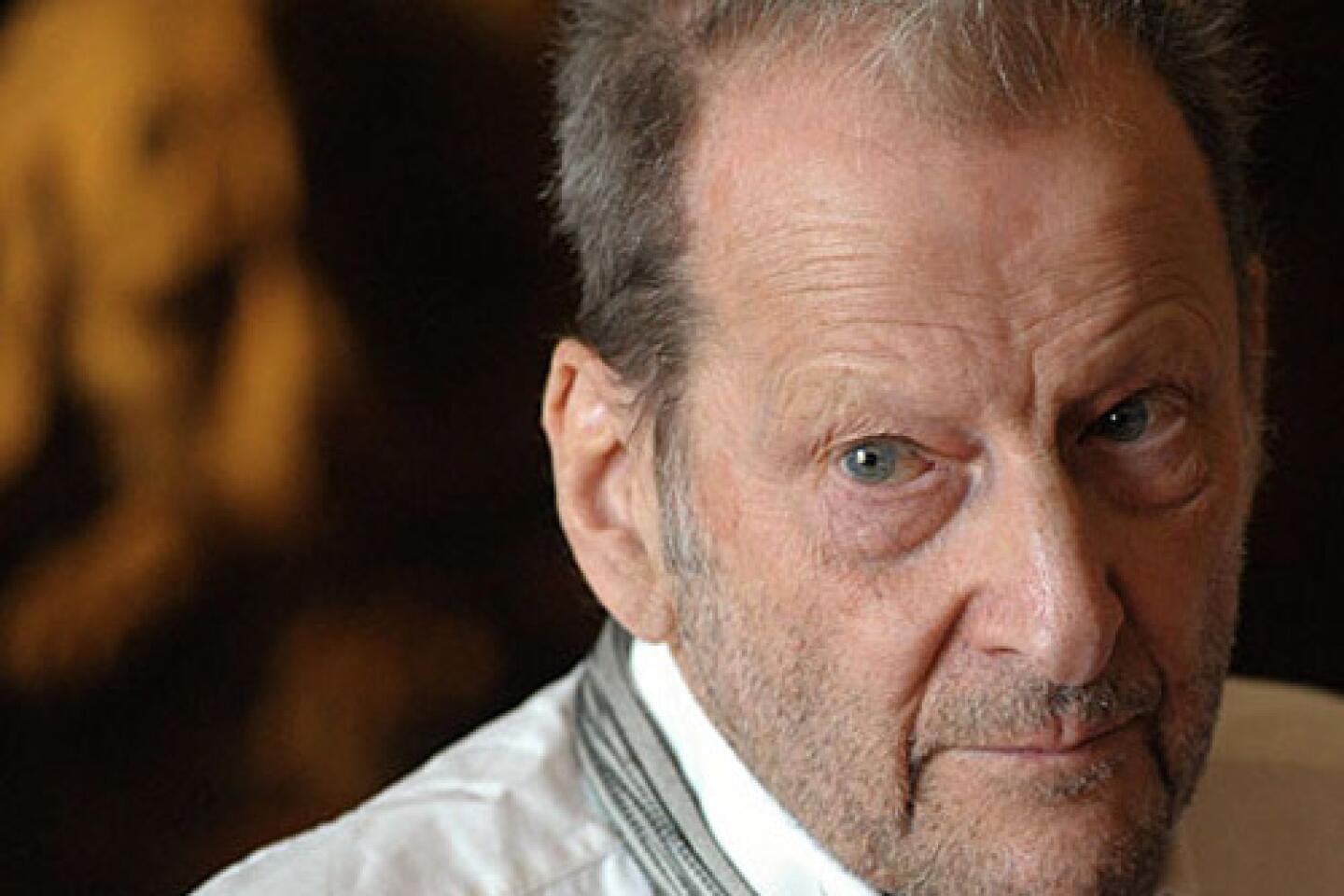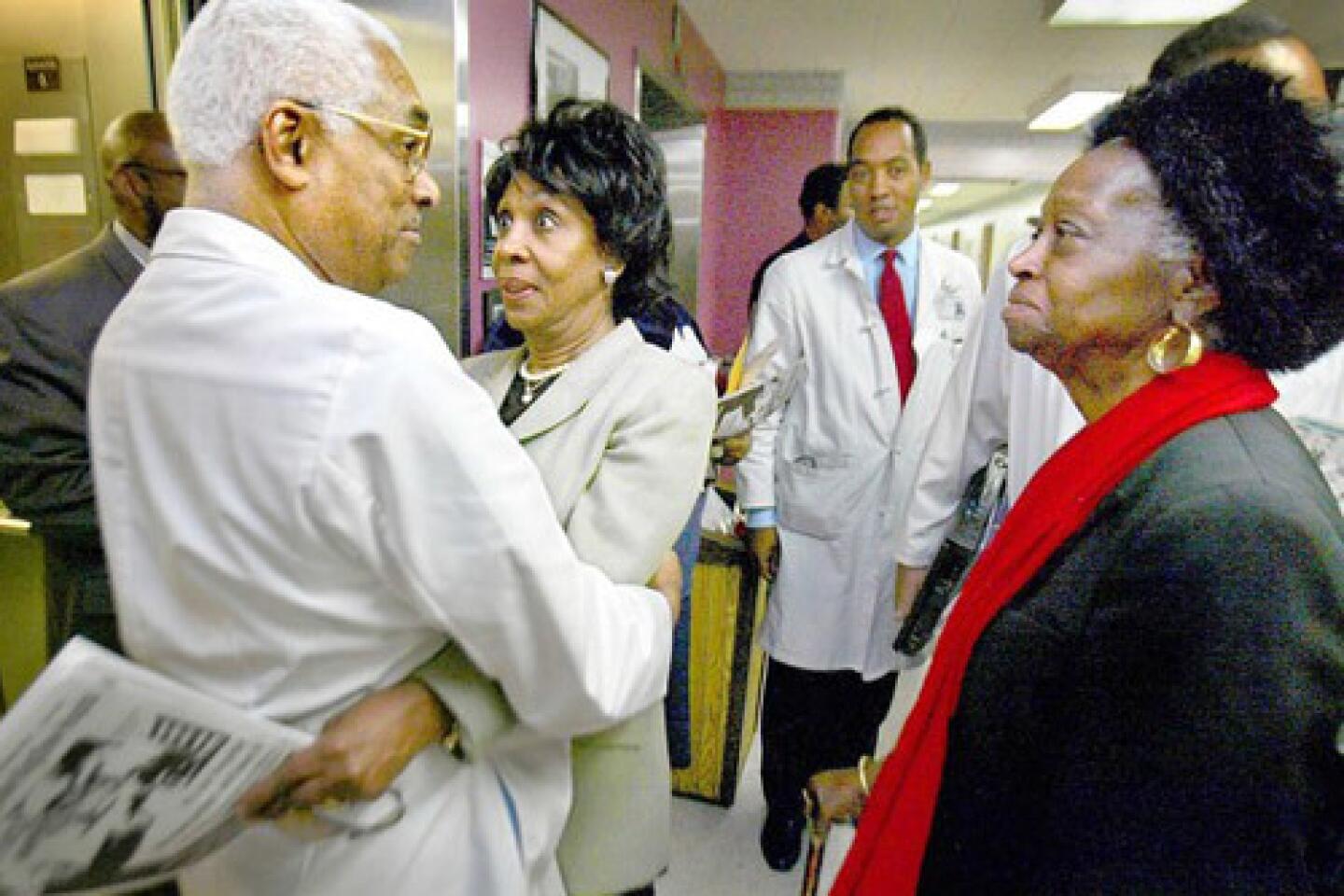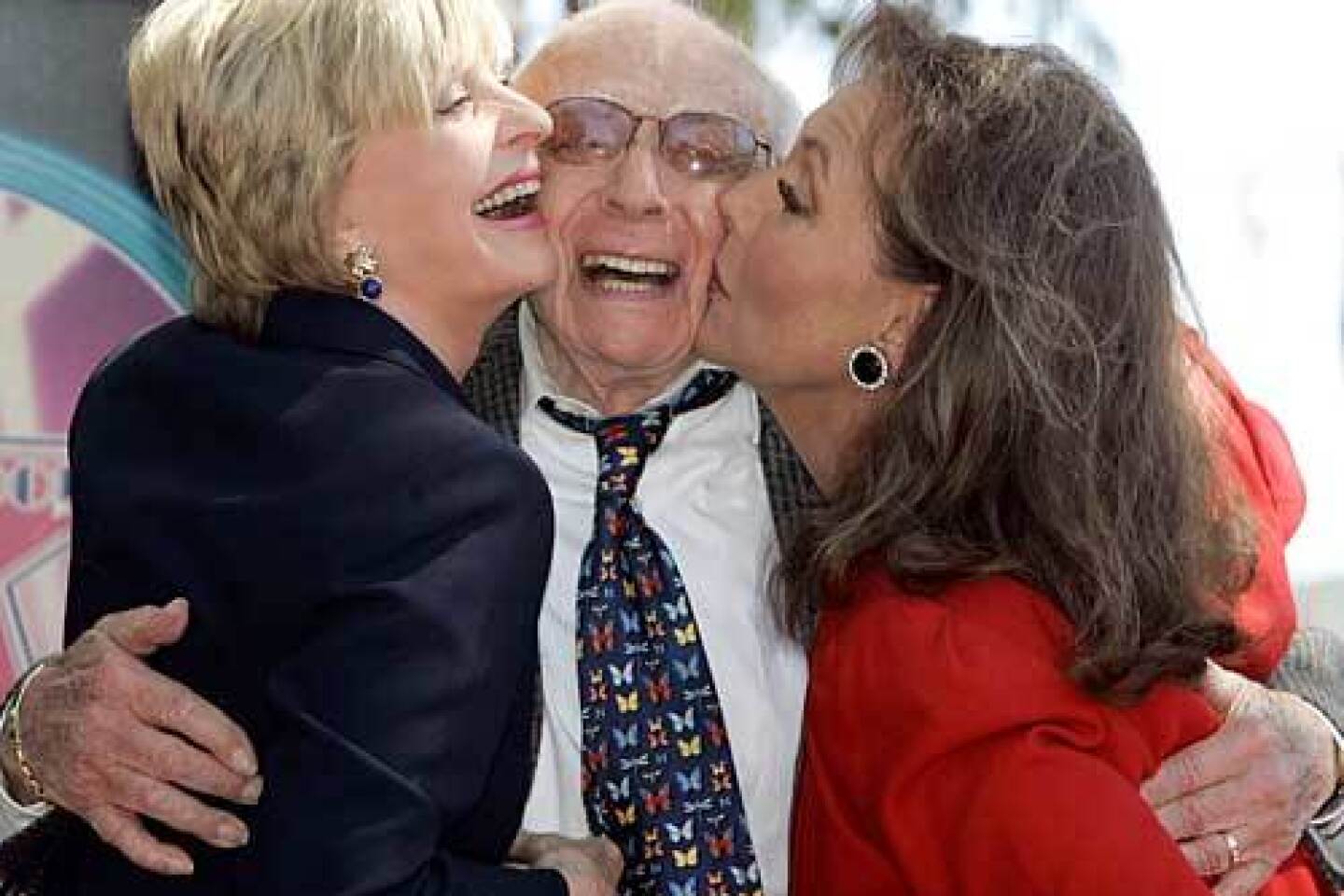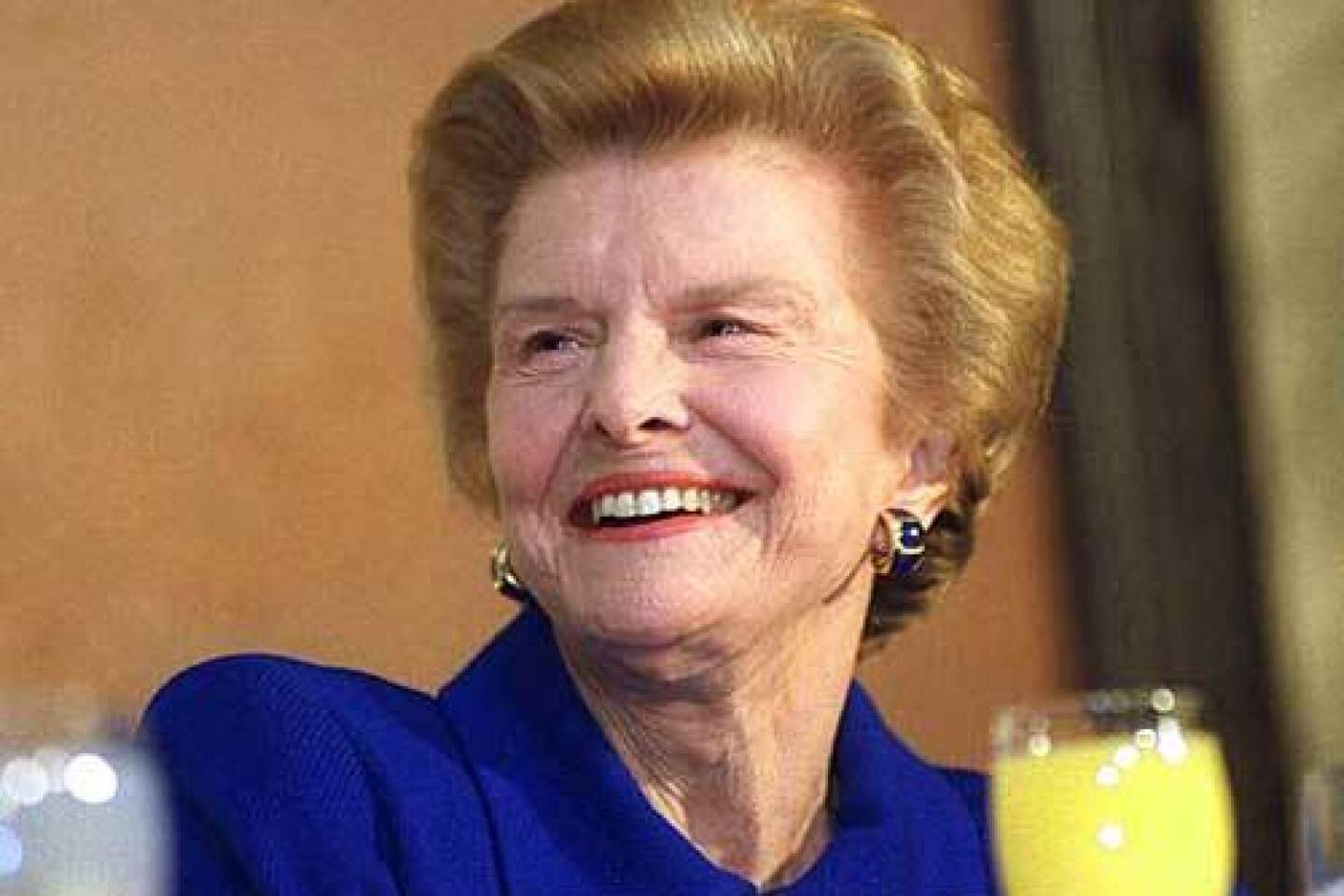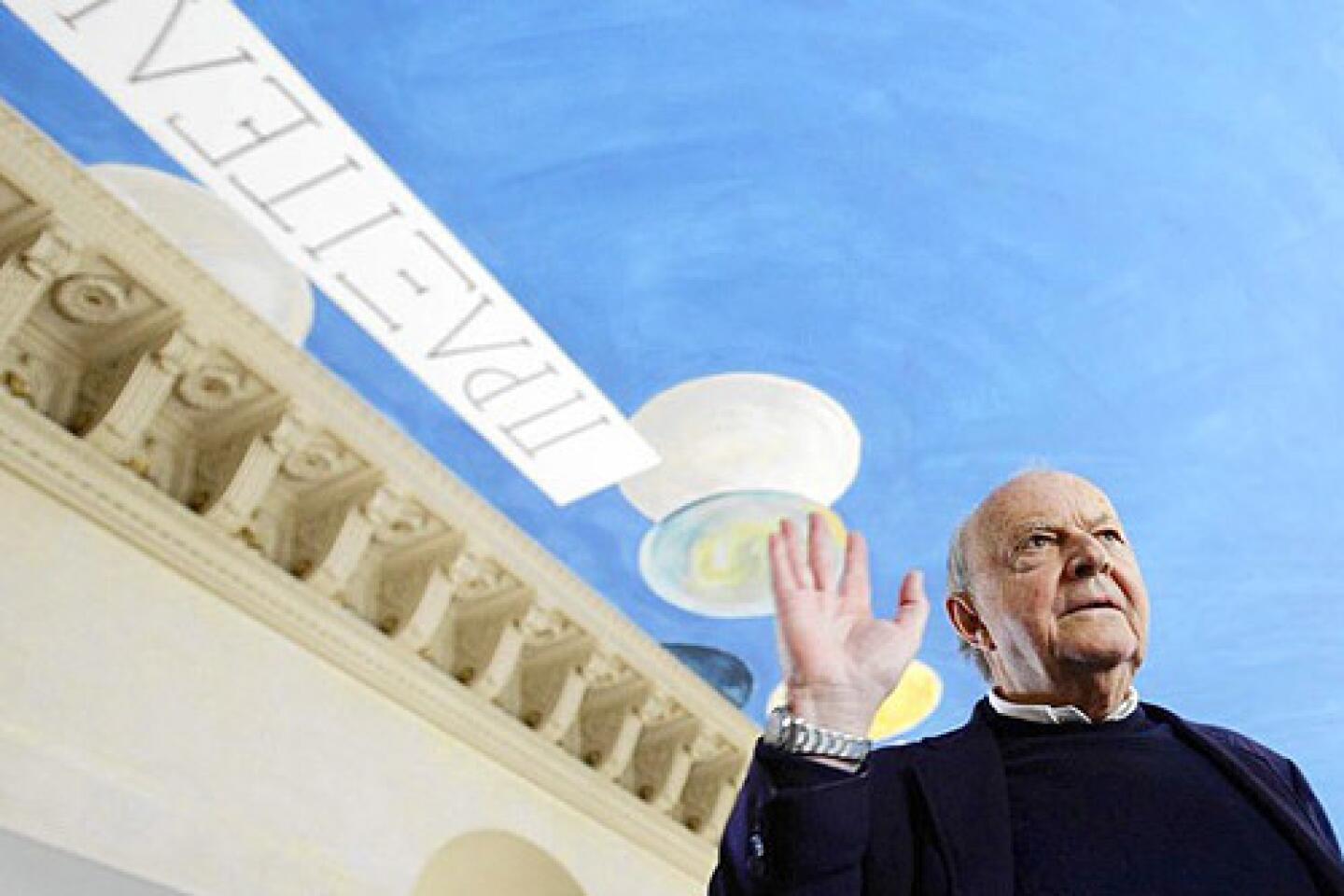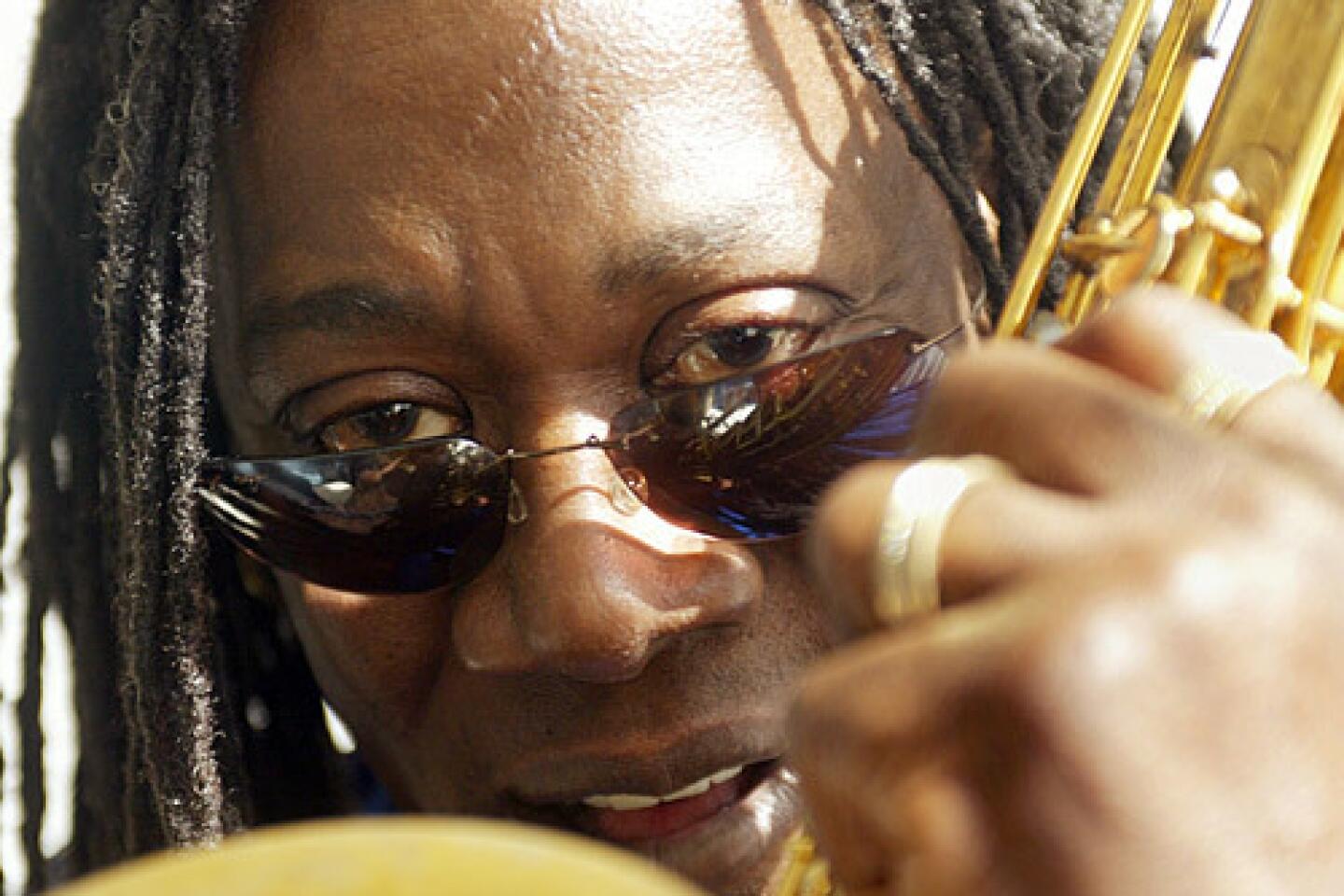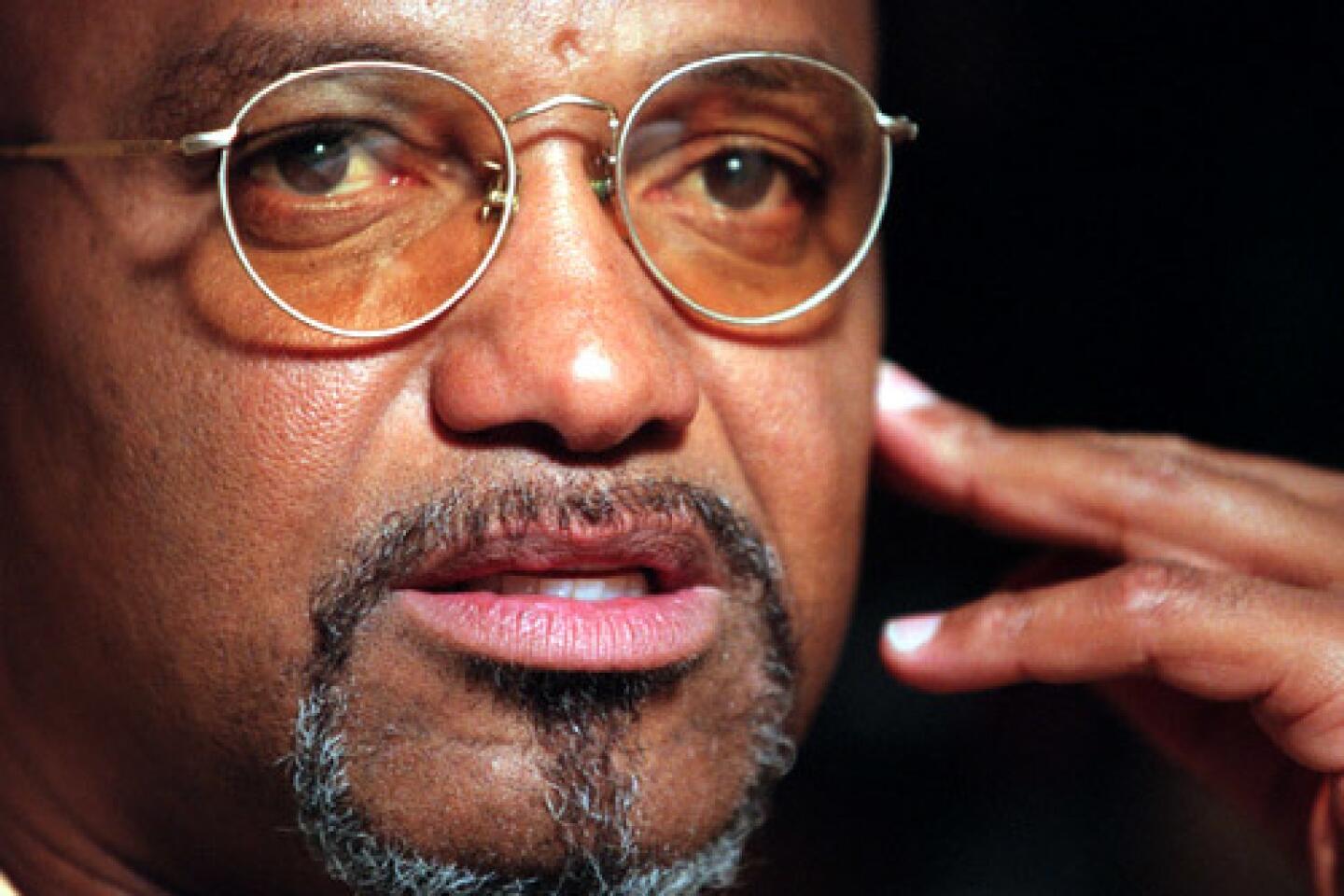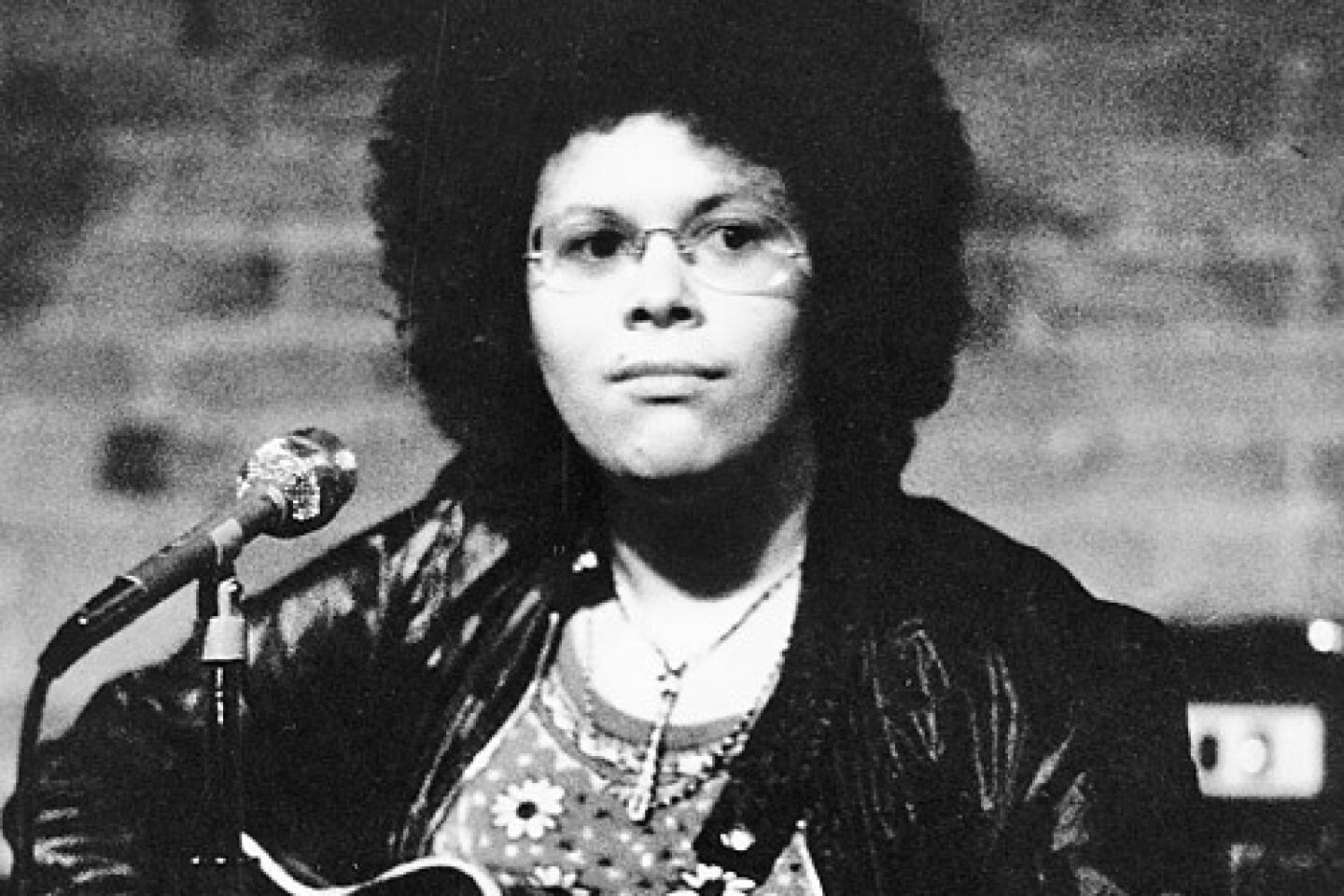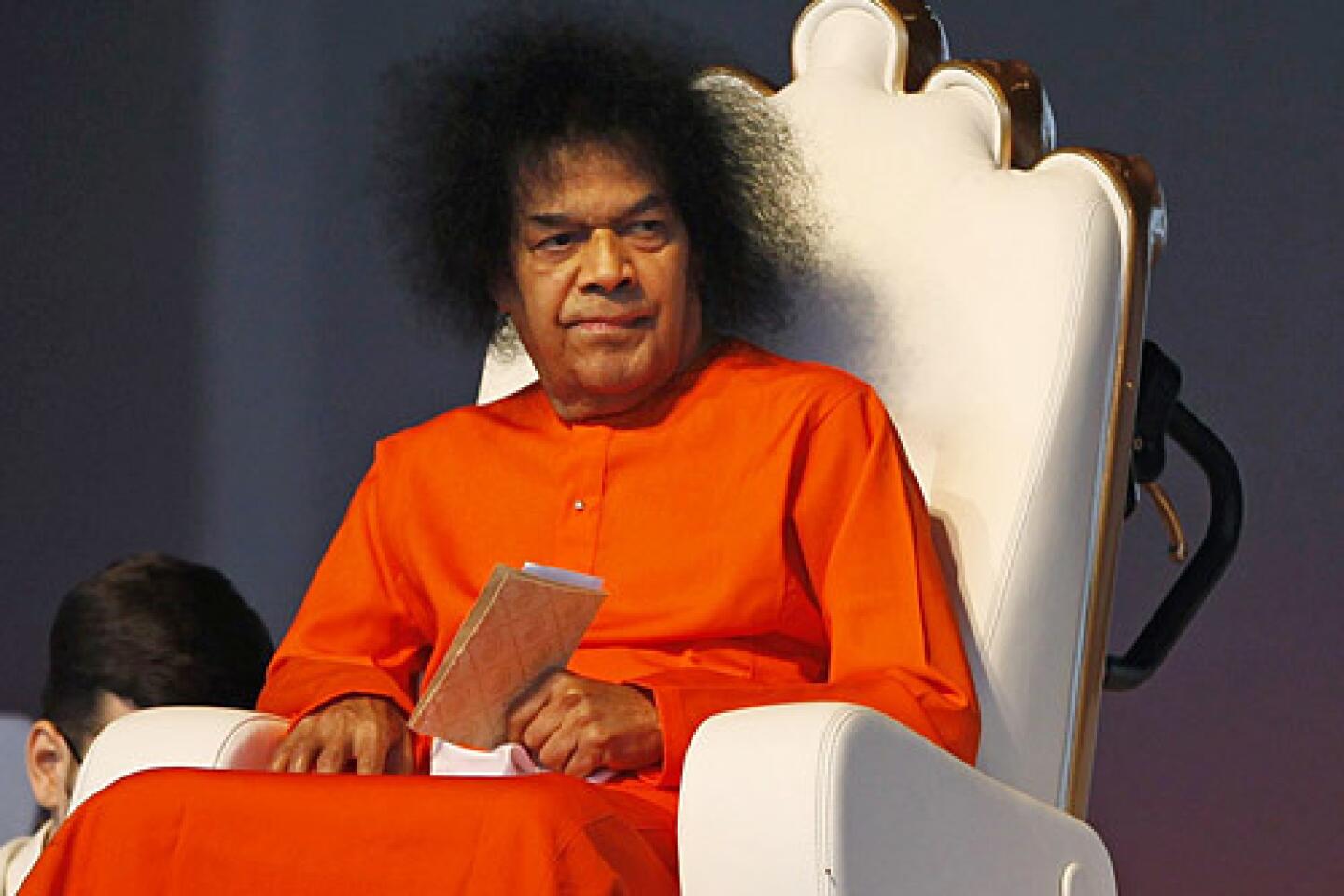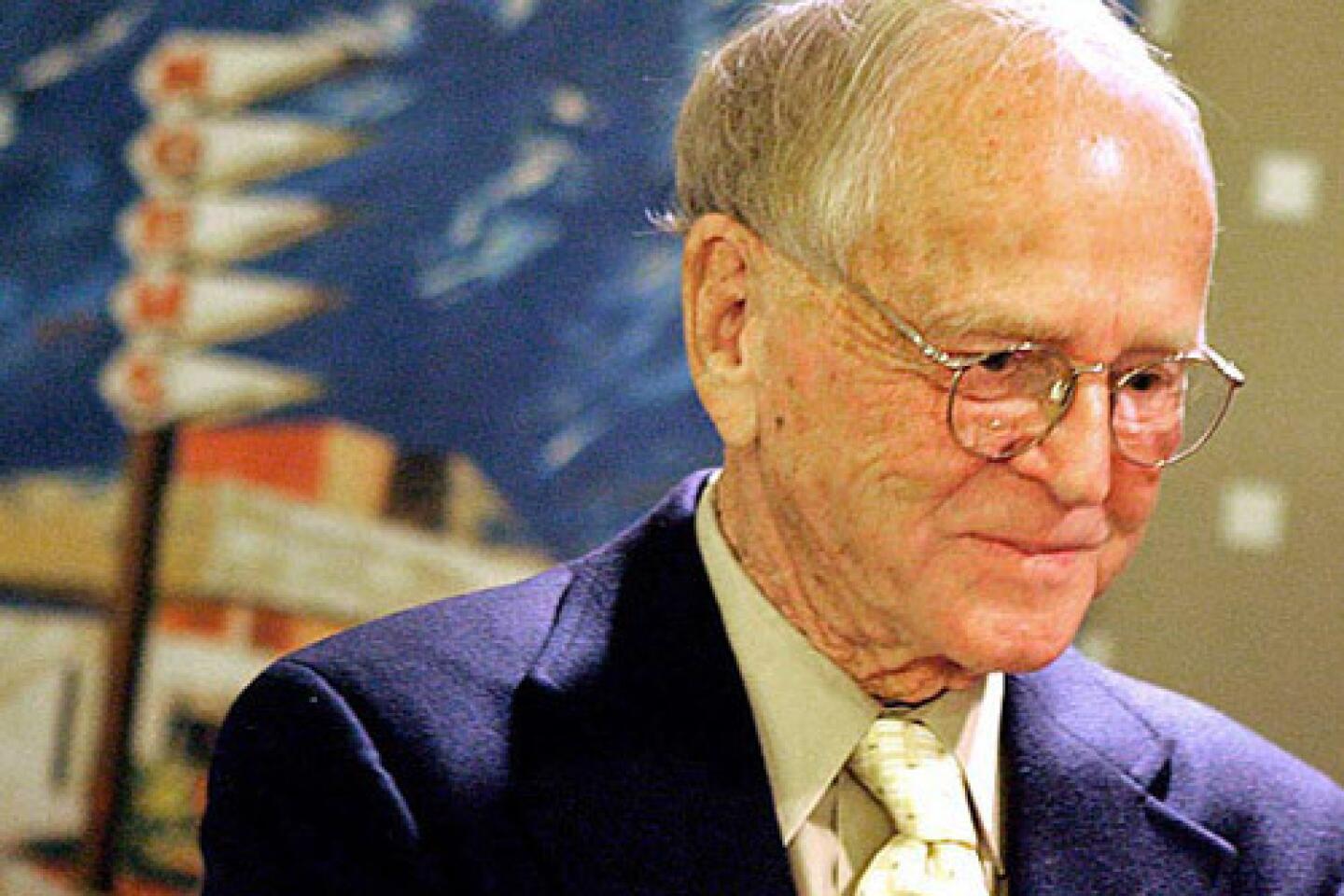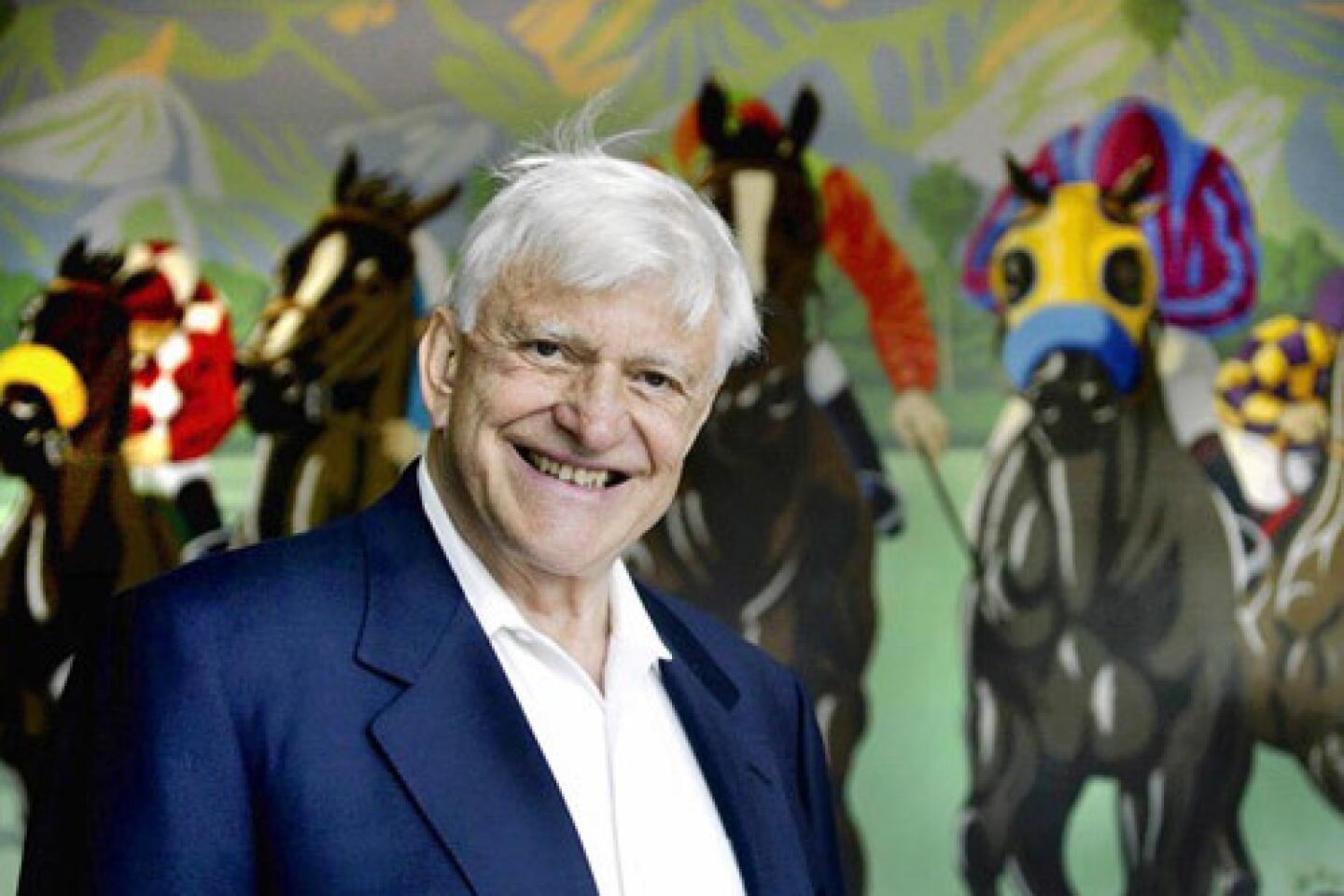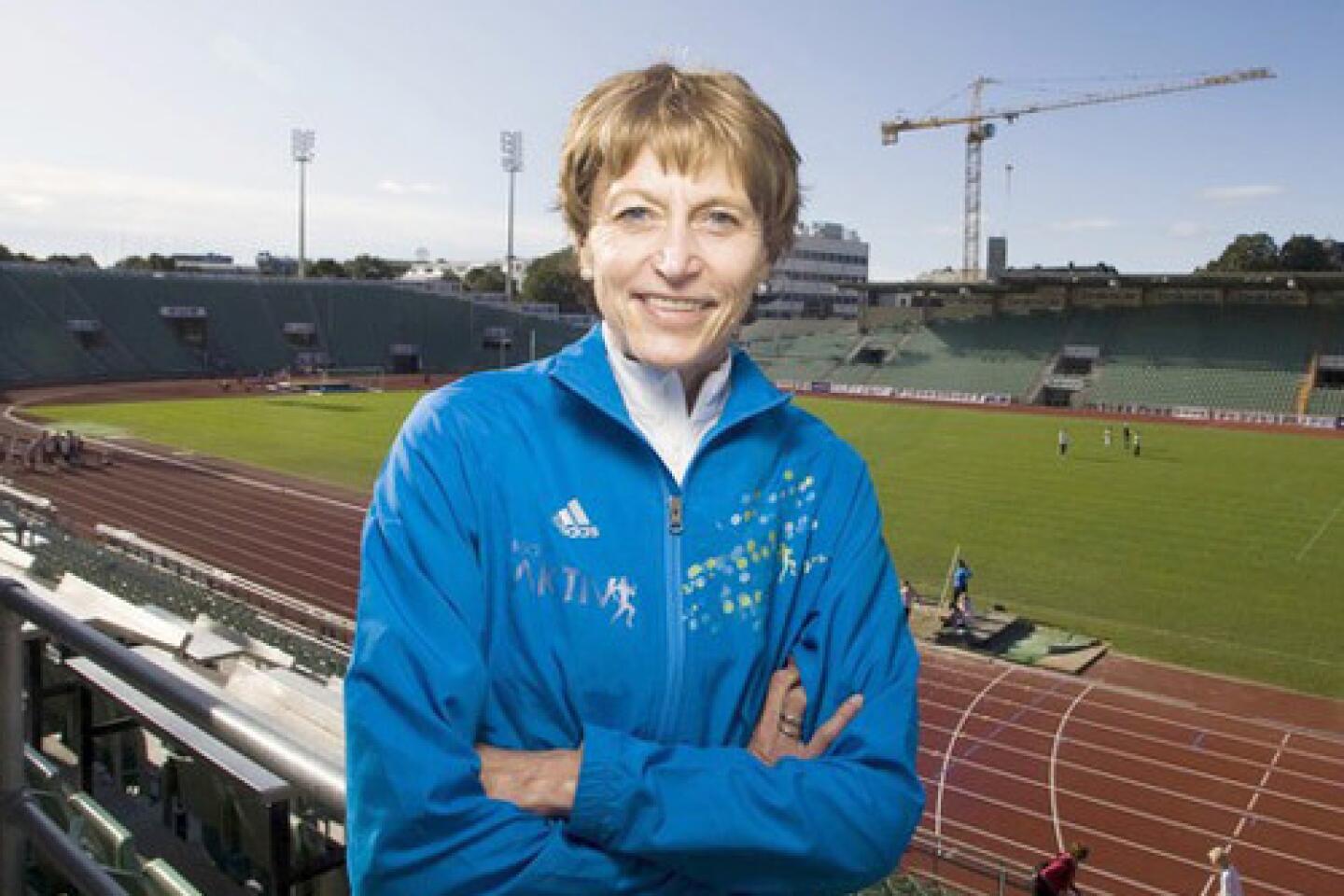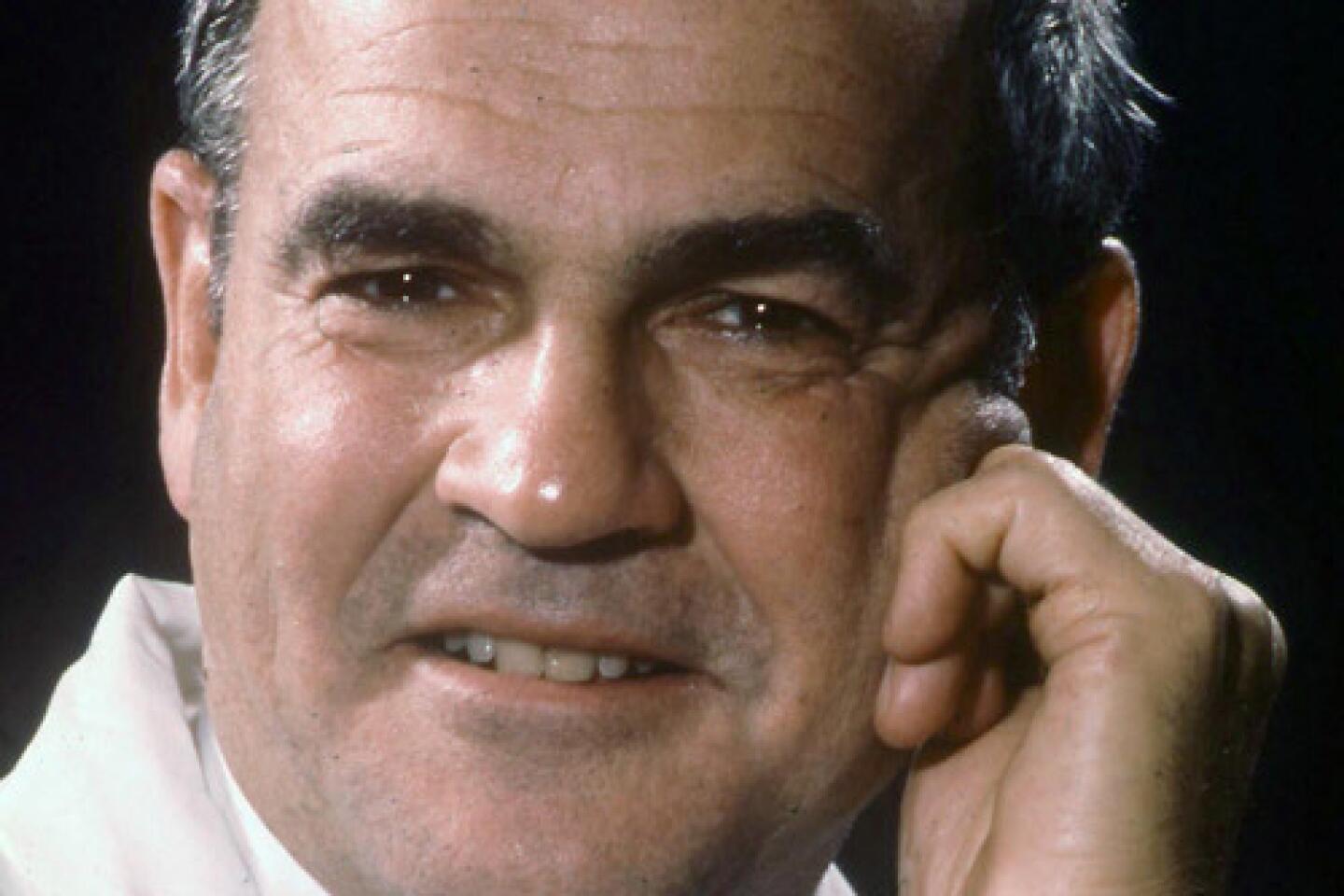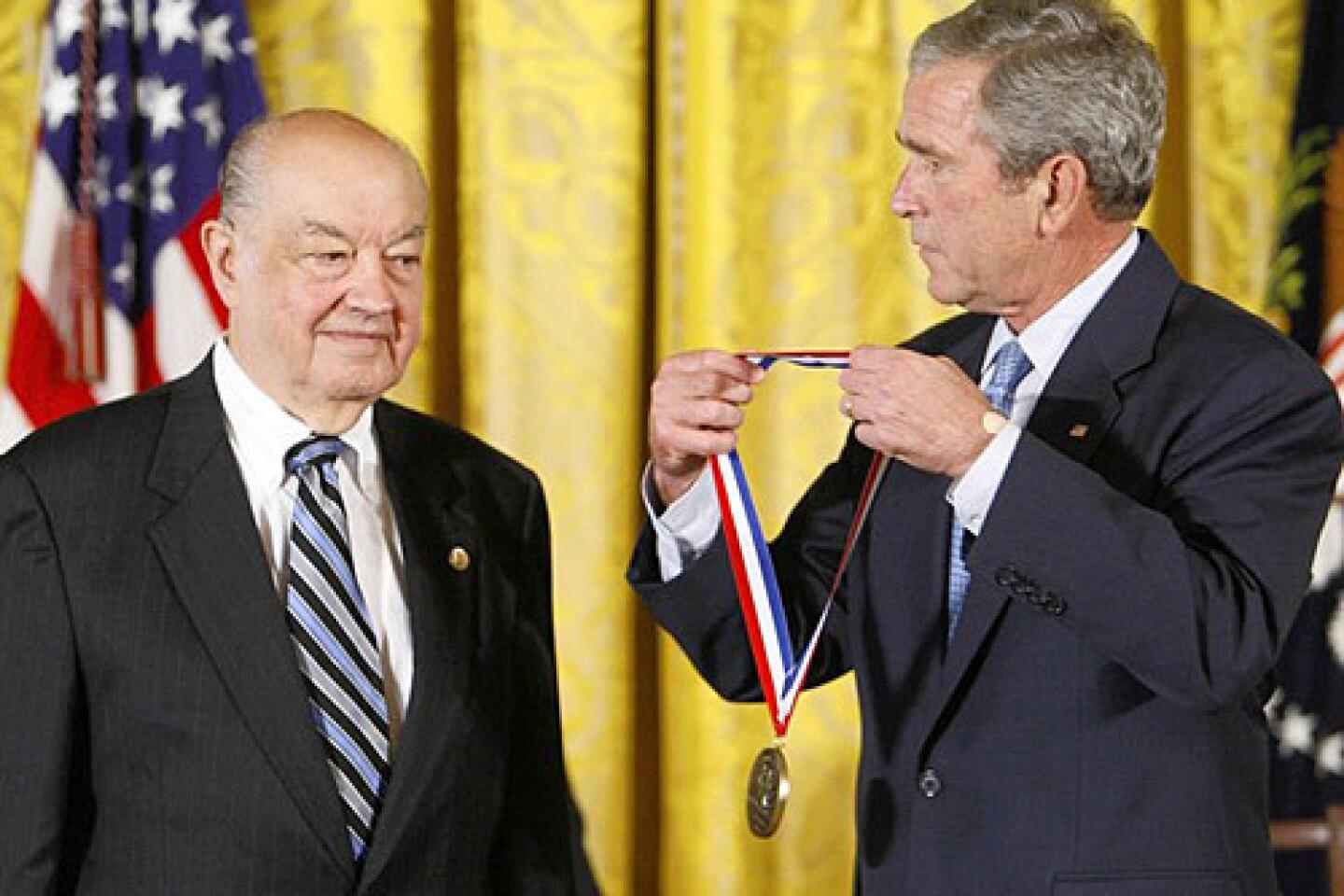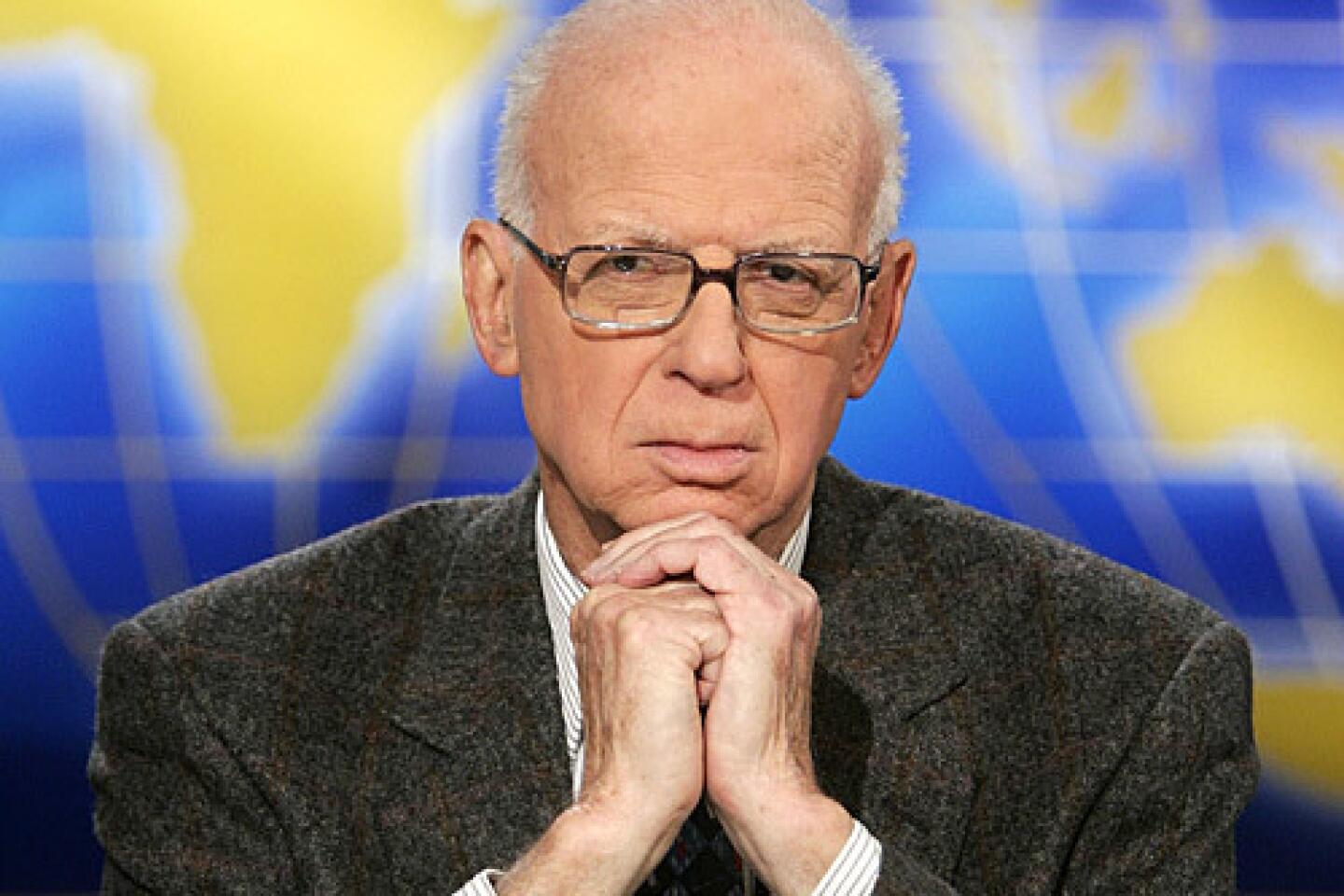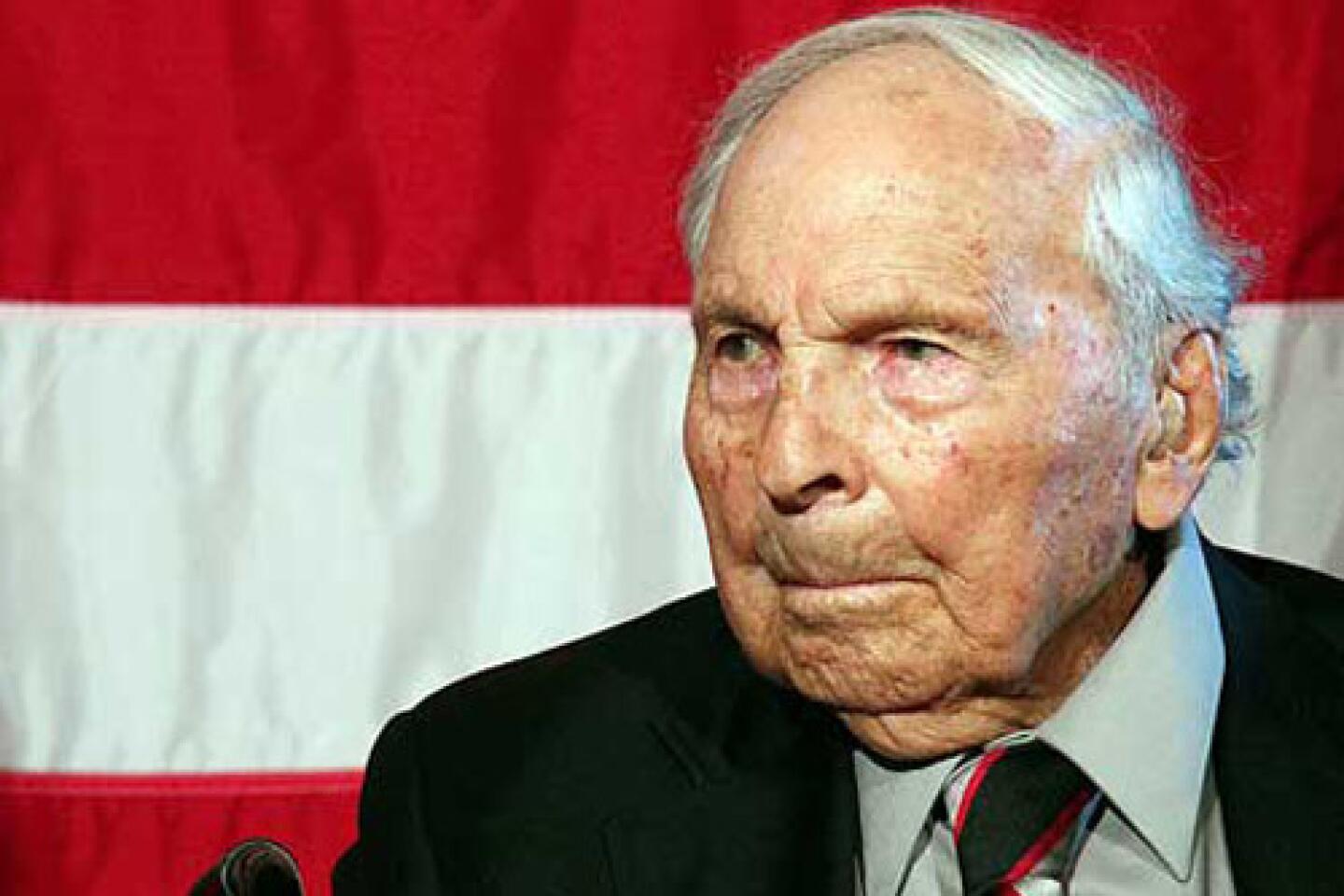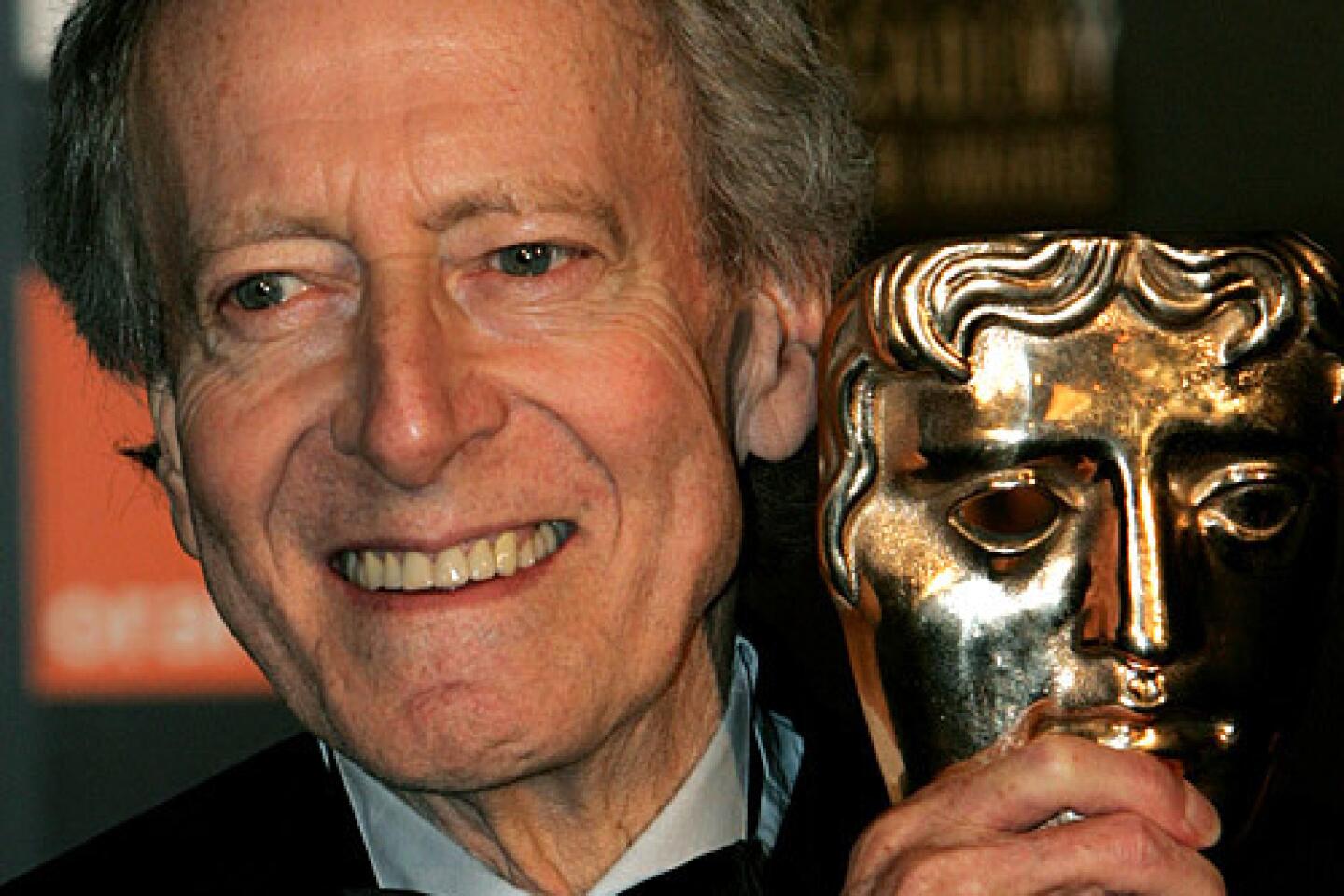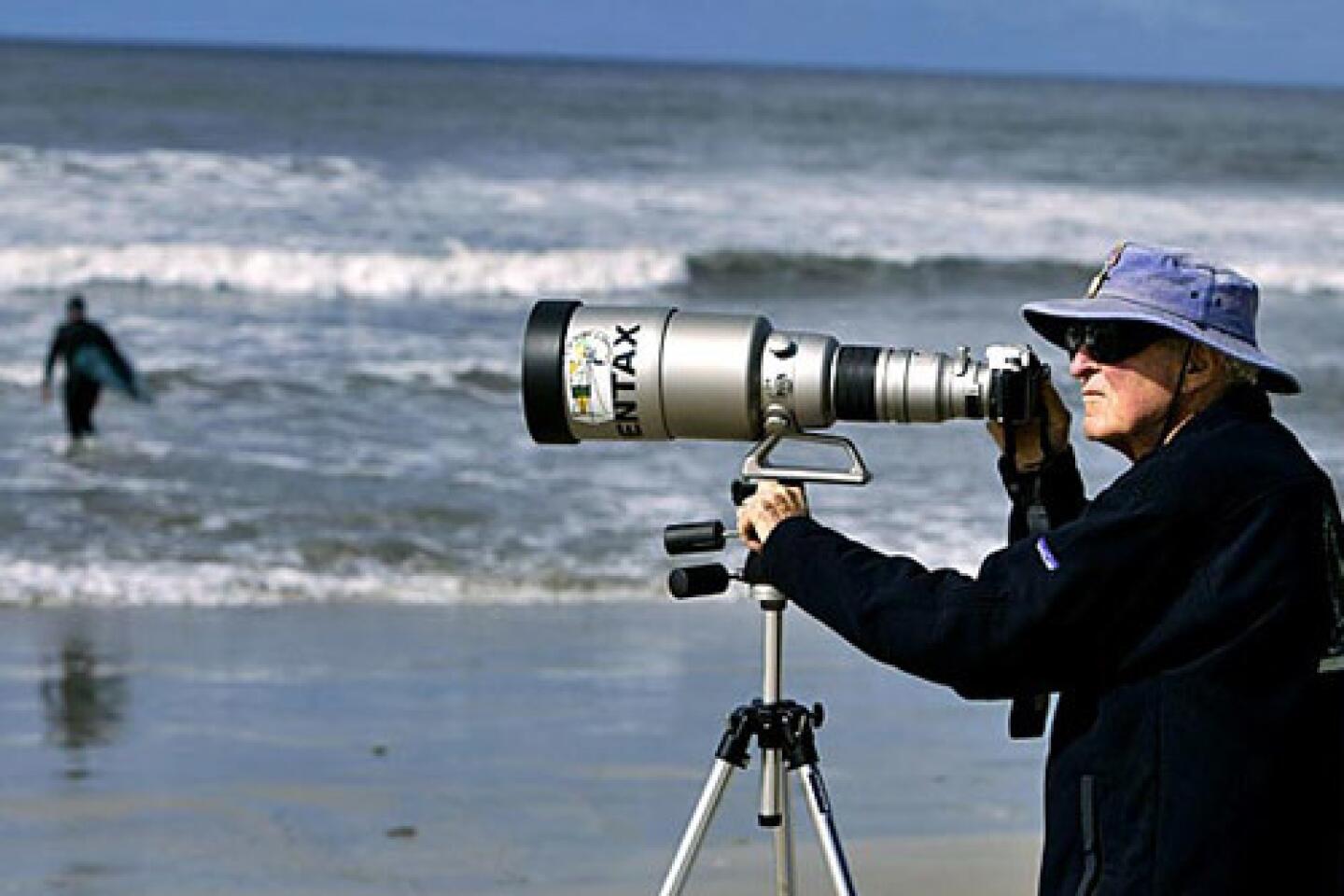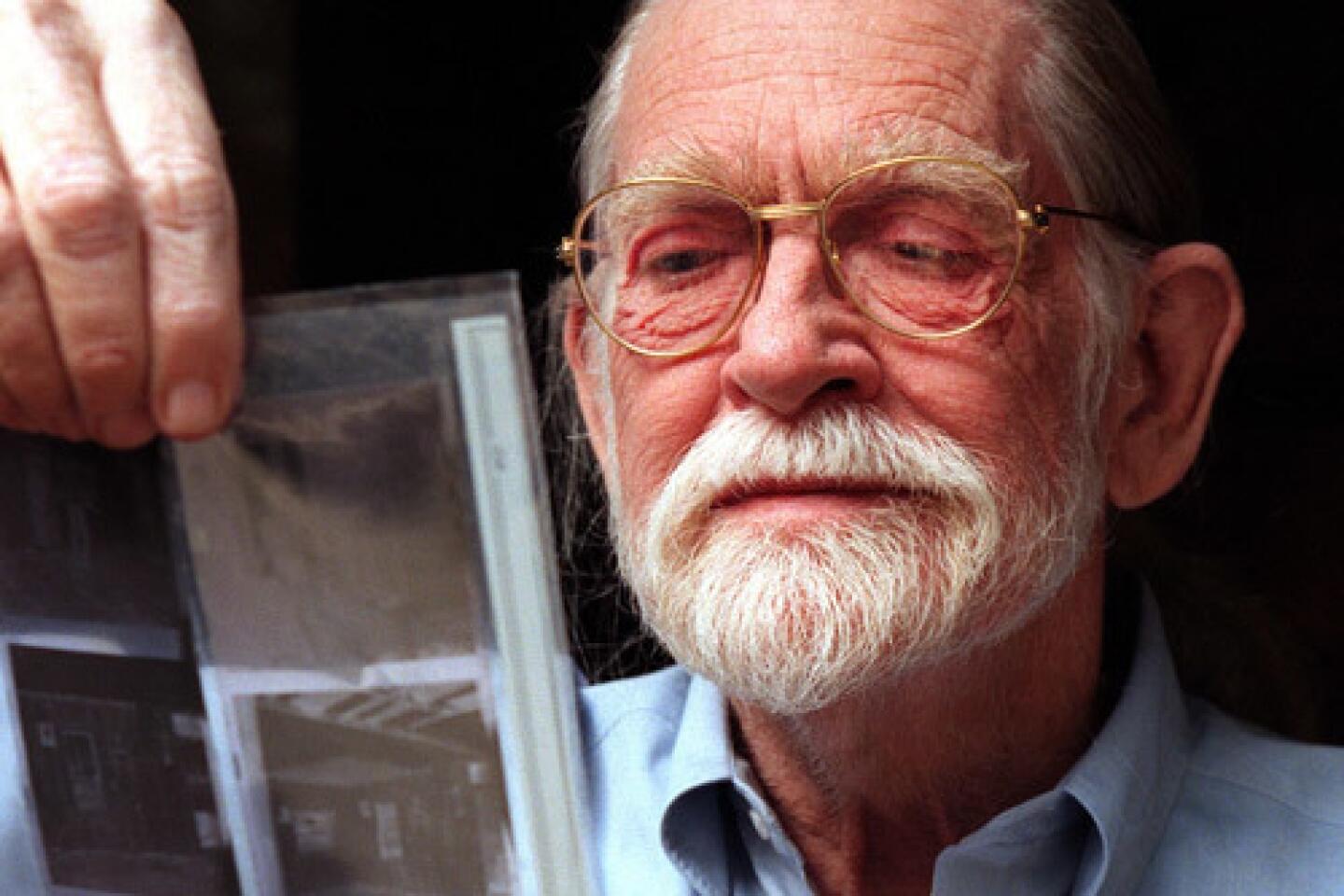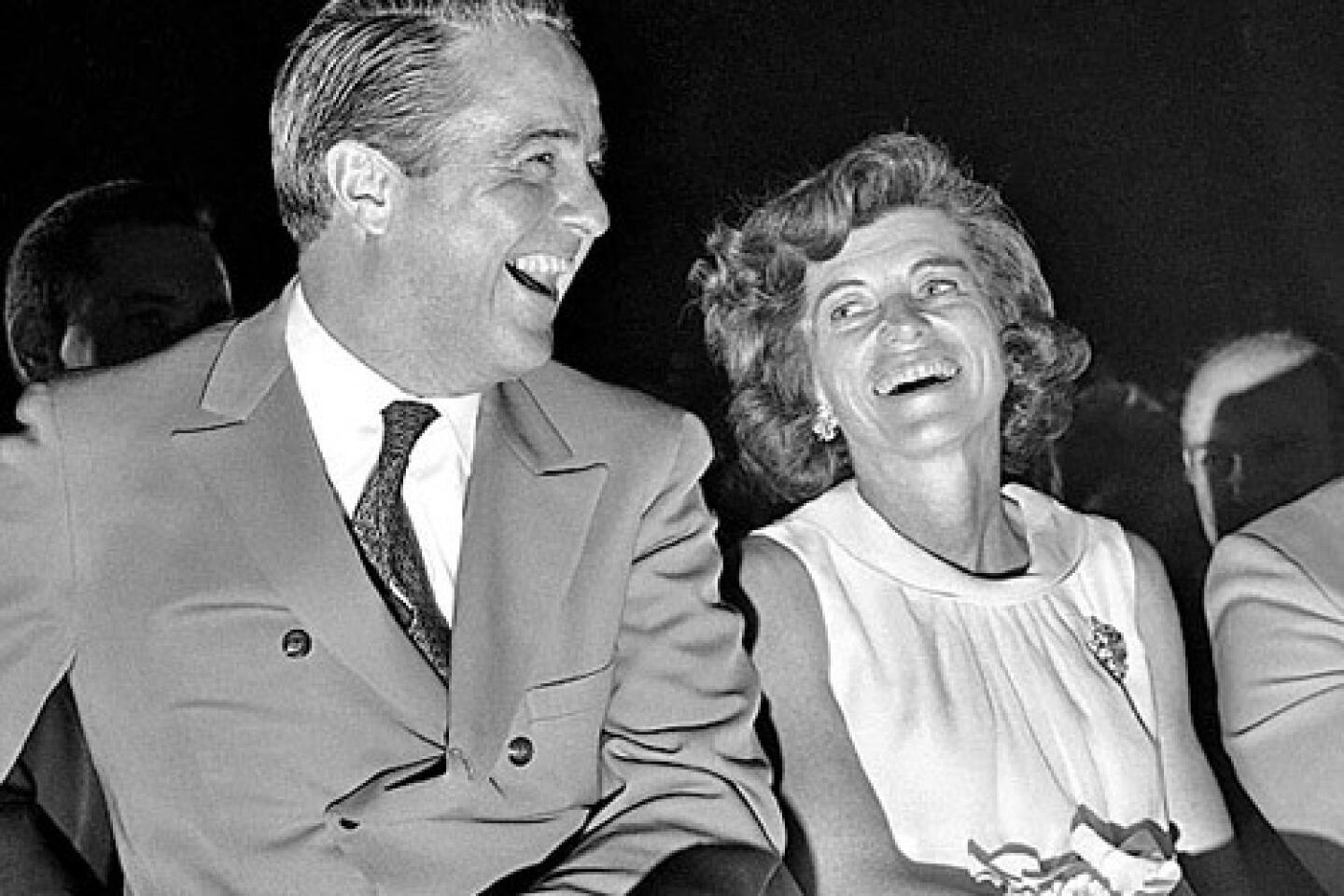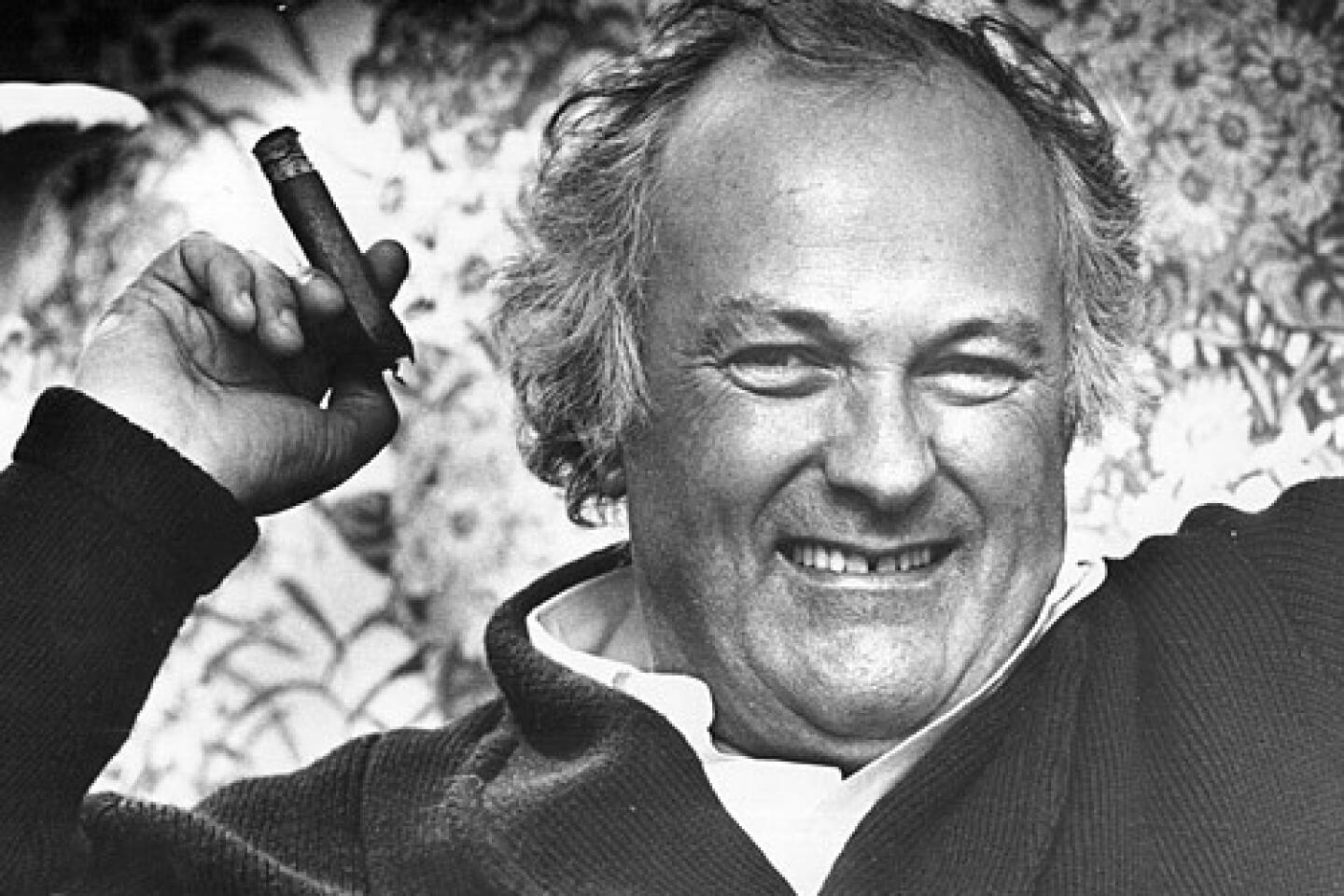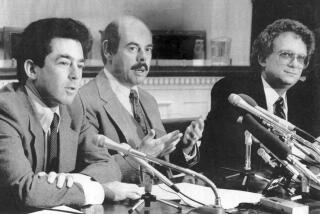Alan Haberman dies at 81; his vision helped put the bar code everywhere
- Share via
Supermarket executive Alan L. Haberman called the now-ubiquitous bar-code design he helped will into existence the “little footprint” that changed the retail world.
He was motivated not by slim profit margins, he later said, but by the dismal state of the pre-automated checkout stand in the early 1970s.
FOR THE RECORD:
Alan Haberman: The obituary in the June 22 LATExtra section of supermarket executive Alan L. Haberman, who played a key role in the design of the bar code, said that the current name of the governing board of the nonprofit Uniform Code Council is GS1. The group is called GS1 US. —
It was “the least pleasant experience in a store,” Haberman told Smithsonian magazine in 1999, because people “hated having to wait in line!”
Haberman chaired the industry committee that settled on the bar-code symbol in 1973. A year later, a jumbo pack of Wrigley’s gum made history in an Ohio supermarket as the first product to be rung up using an optical scanner.
Haberman, who has been hailed as a visionary by the retail industry, died June 12 at a Newton, Mass., hospital of complications from heart and lung disease, said his son, Arthur. He was 81.
“Alan’s leadership created an atmosphere where ideas sparked and true synergy existed,” Stephen A. Brown wrote in the 1997 book “Revolution at the Checkout Counter.”
When Haberman was asked to help modernize grocery-store technology in 1971, he was the chief executive of First National Stores, a New England supermarket chain.
The dozen members of his committee were “young, intense, brilliant,” Brown wrote. To defuse tension during one three-day meeting, Haberman took them to a showing of the adult film “Deep Throat.”
The group spent more than two years deciding on the format for the bar code, invented in 1949 by two engineers, Norman Joseph Woodland and Bernard Silver, who favored a bull’s-eye design.
The bull’s-eye ended up losing to one by IBM — the now-familiar vertical black lines anchored by a series of numbers. The widely used version of the bar code is known as the universal product code.
By one estimate, more than 10 billion bar codes are scanned daily to sell and track merchandise around the world, making the technology seem like just another part of everyday life.
“The proof that this is successful,” Haberman told the Associated Press in 1999, “is that everybody takes it for granted.”
Alan Lloyd Haberman was born July 27, 1929, in Worcester, Mass., the eldest of three children of Harry and Sarah Haberman. His father owned a glass-installation shop.
From Harvard University, Haberman received a bachelor’s degree in American history and literature in 1951 and a master’s in business administration in 1953.
He briefly worked on Wall Street as a stock analyst before joining a Long Island supermarket chain that later merged with a discount retailer. Haberman was named president of the newly formed Hills-Korvette Supermarkets.
In the 1960s, he moved to Wellesley, Mass., and joined First National. He stayed until the late 1970s, when he engineered the sale of the company.
A dedicated ambassador for bar-code technology, he served for decades on the governing board of the nonprofit Uniform Code Council, now known as GS1, which administers the universal product code.
In the 1990s, Haberman helped create the Auto-ID Center at the Massachusetts Institute of Technology. He also helped develop standards for radio-frequency identification technology.
About 15 years ago, he moved to Natick in southern Massachusetts.
“He was always in love with practical applications of technology and thinking far out,” his son said. “He always talked years and years ahead.”
Besides his son, Arthur, Haberman is survived by his wife of 56 years, Natalie; a daughter, Jeanette Gannon; two sisters, Elaine Feldman and Arnalee Cohen; and five grandchildren. A daughter, Nan Haberman, died in 1980, and a grandson died last year.
More to Read
Start your day right
Sign up for Essential California for the L.A. Times biggest news, features and recommendations in your inbox six days a week.
You may occasionally receive promotional content from the Los Angeles Times.
